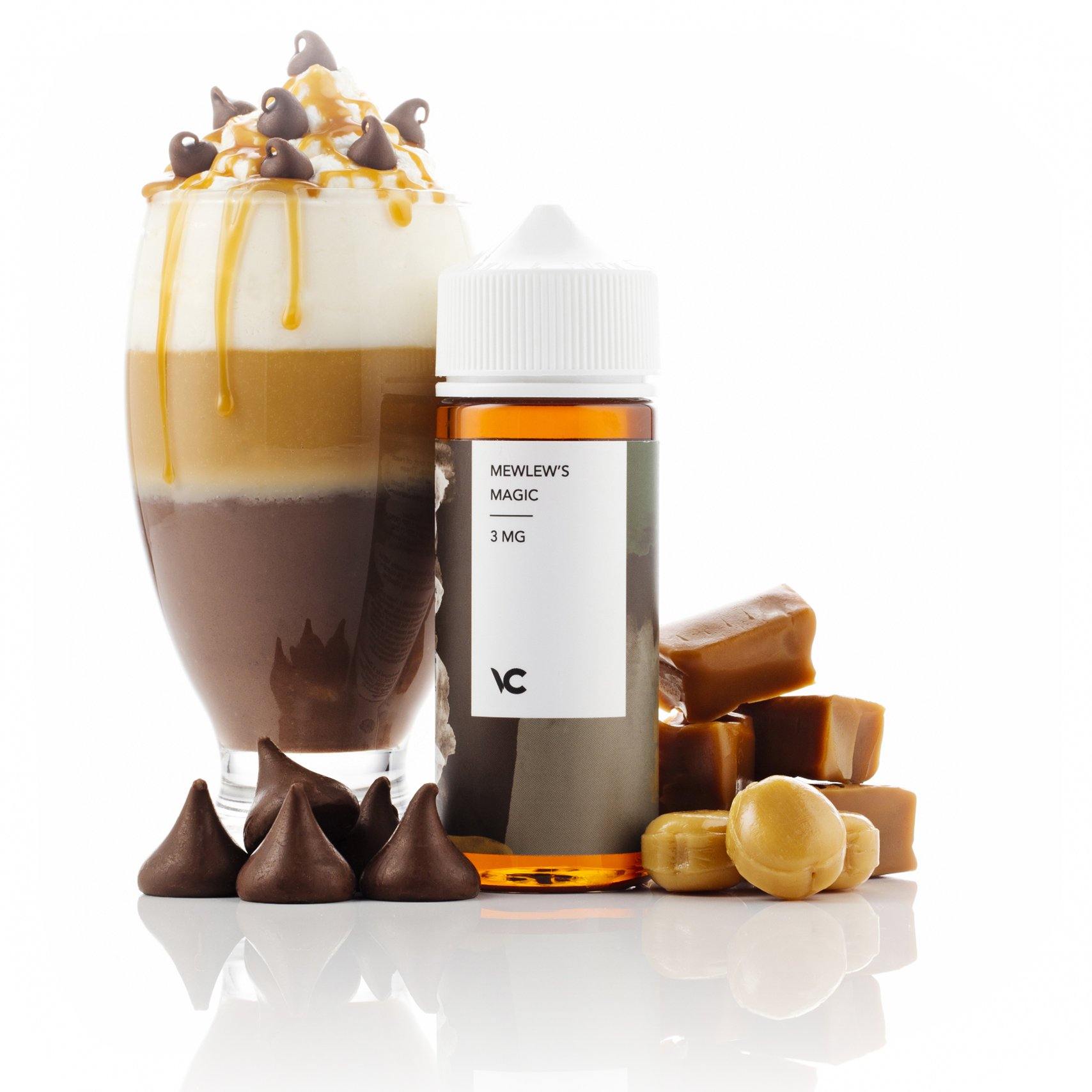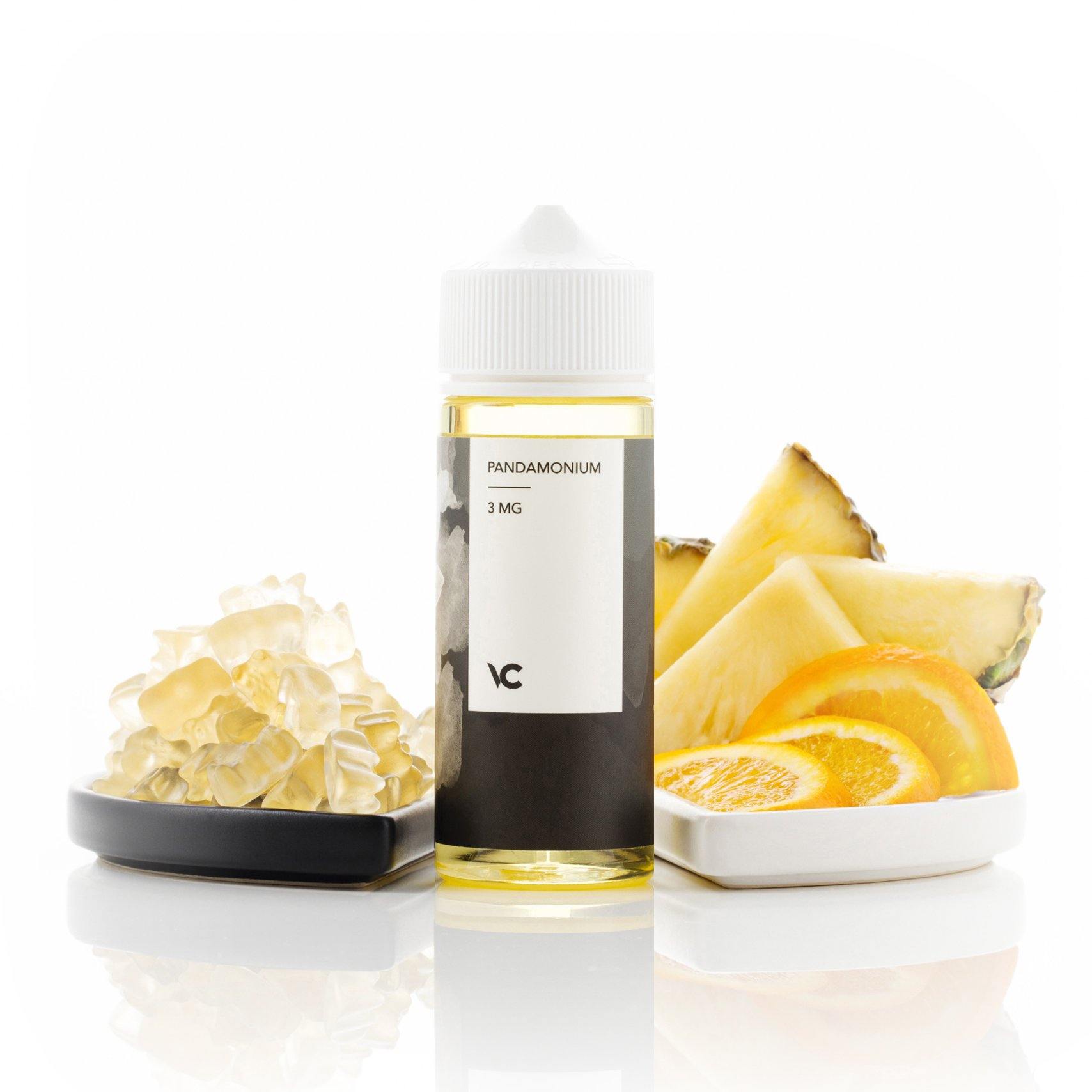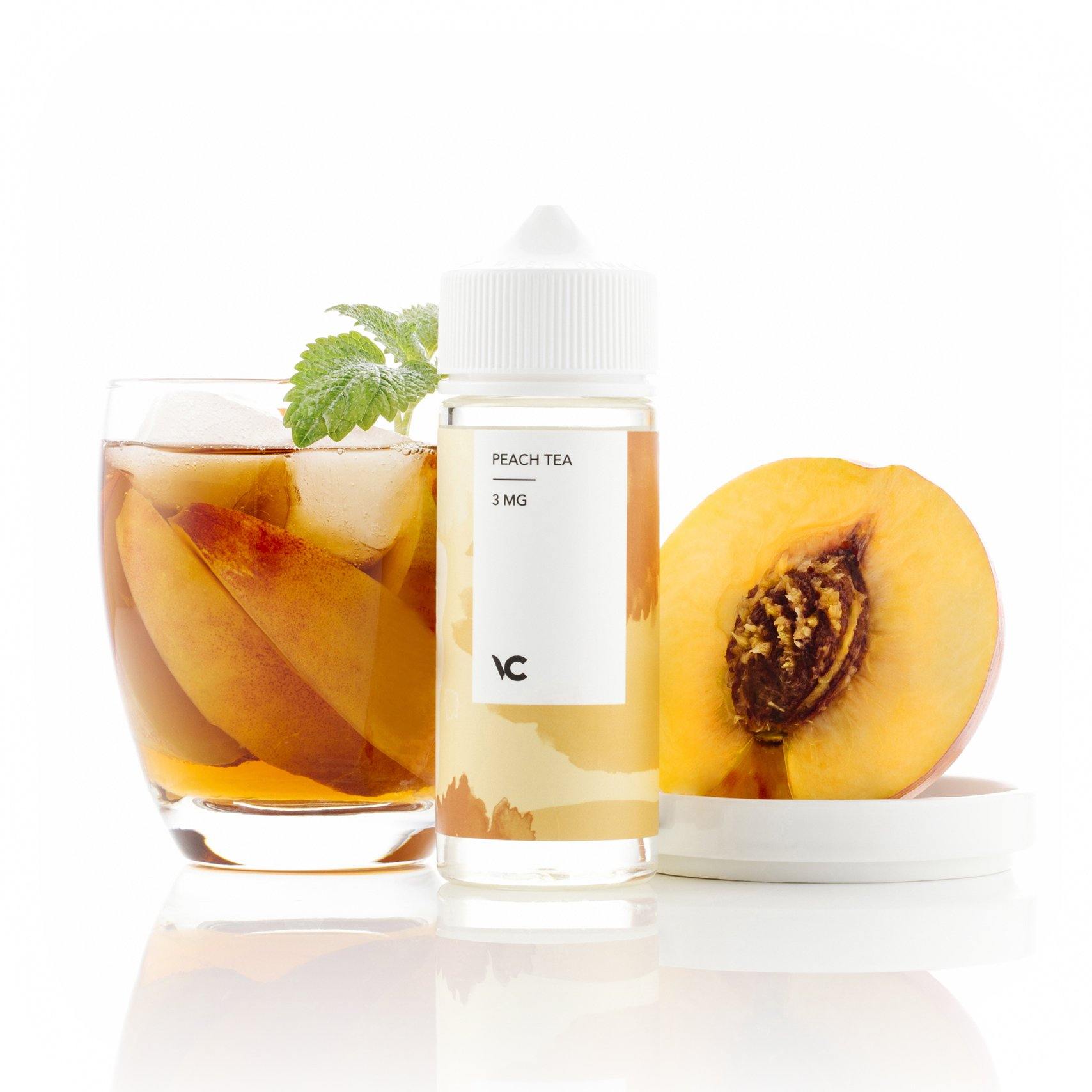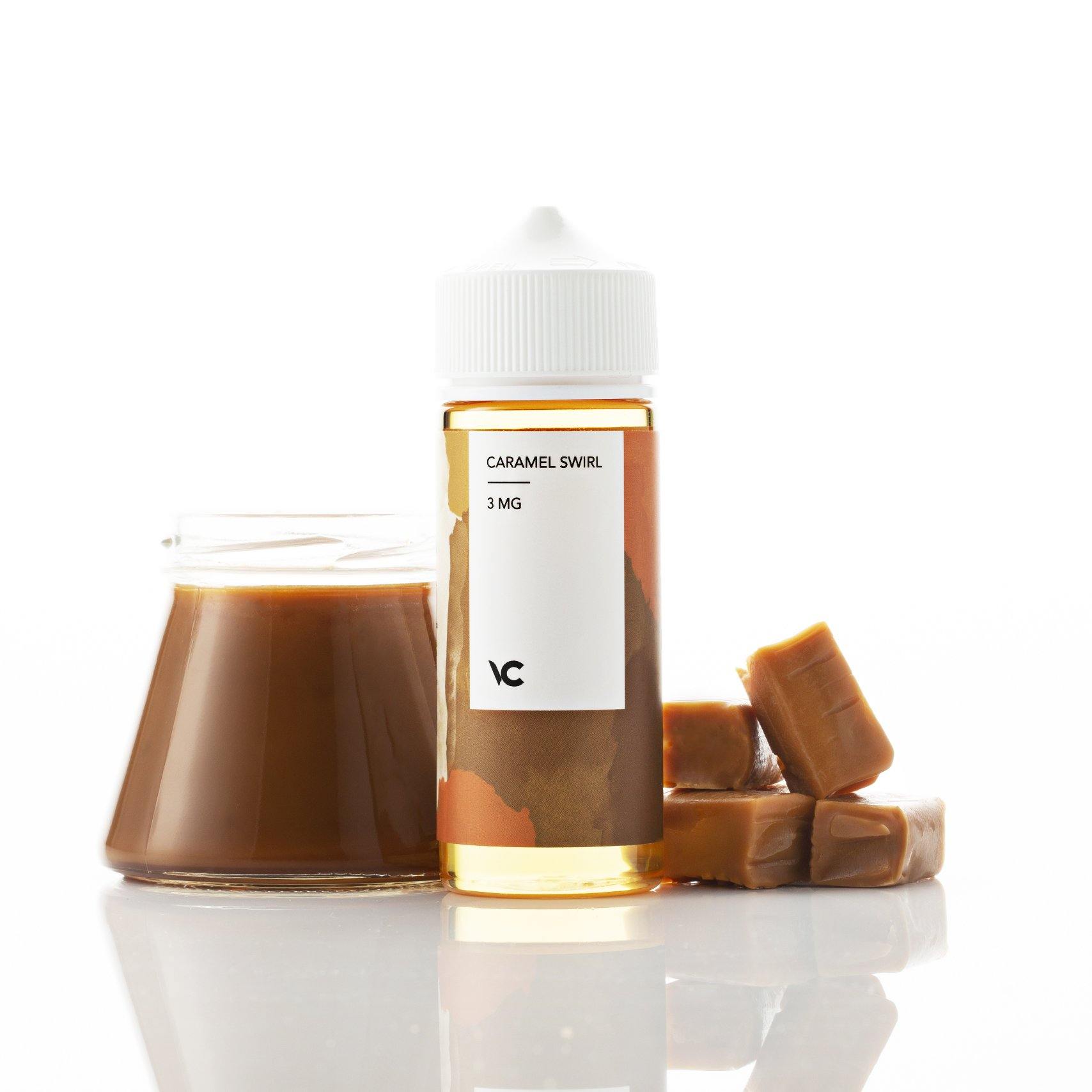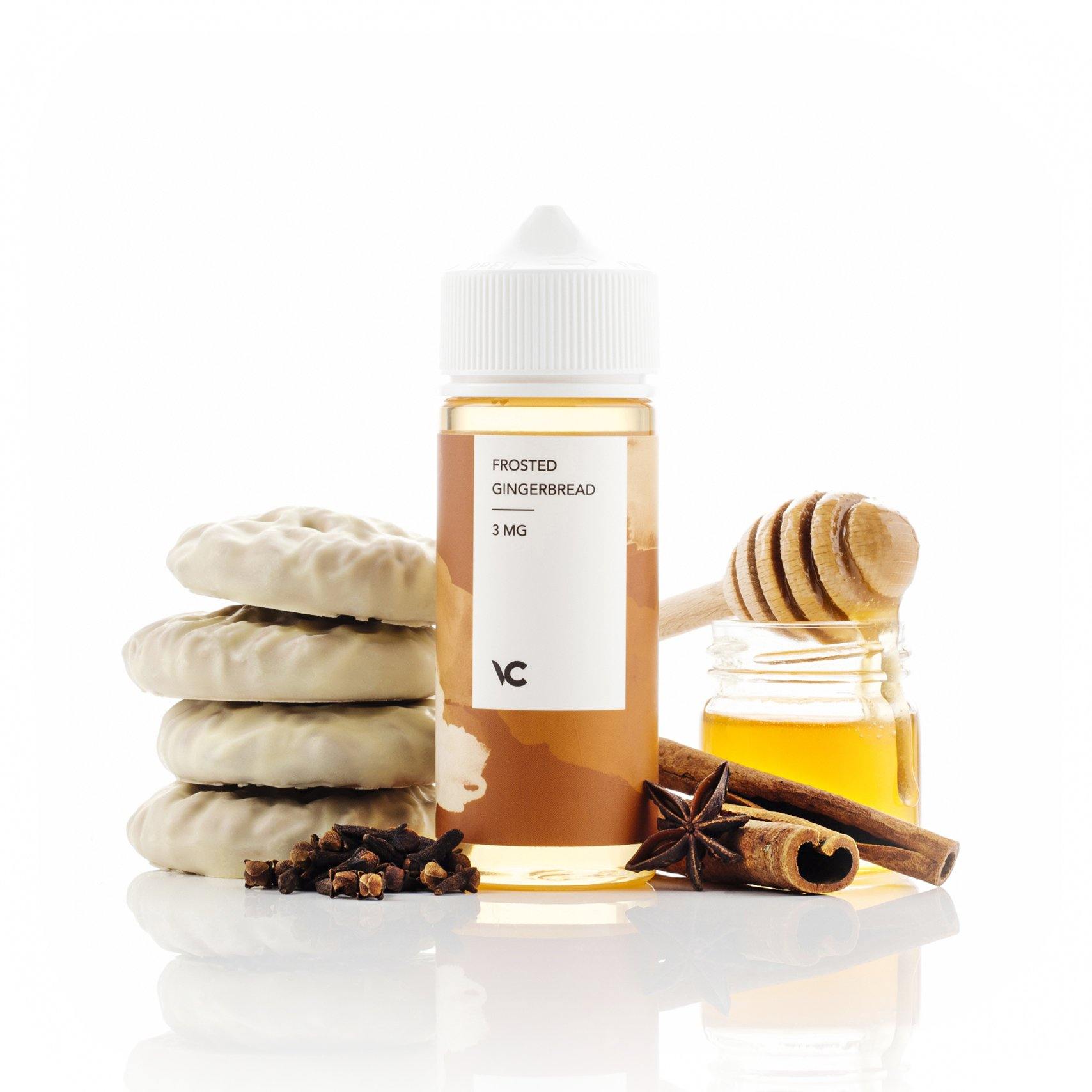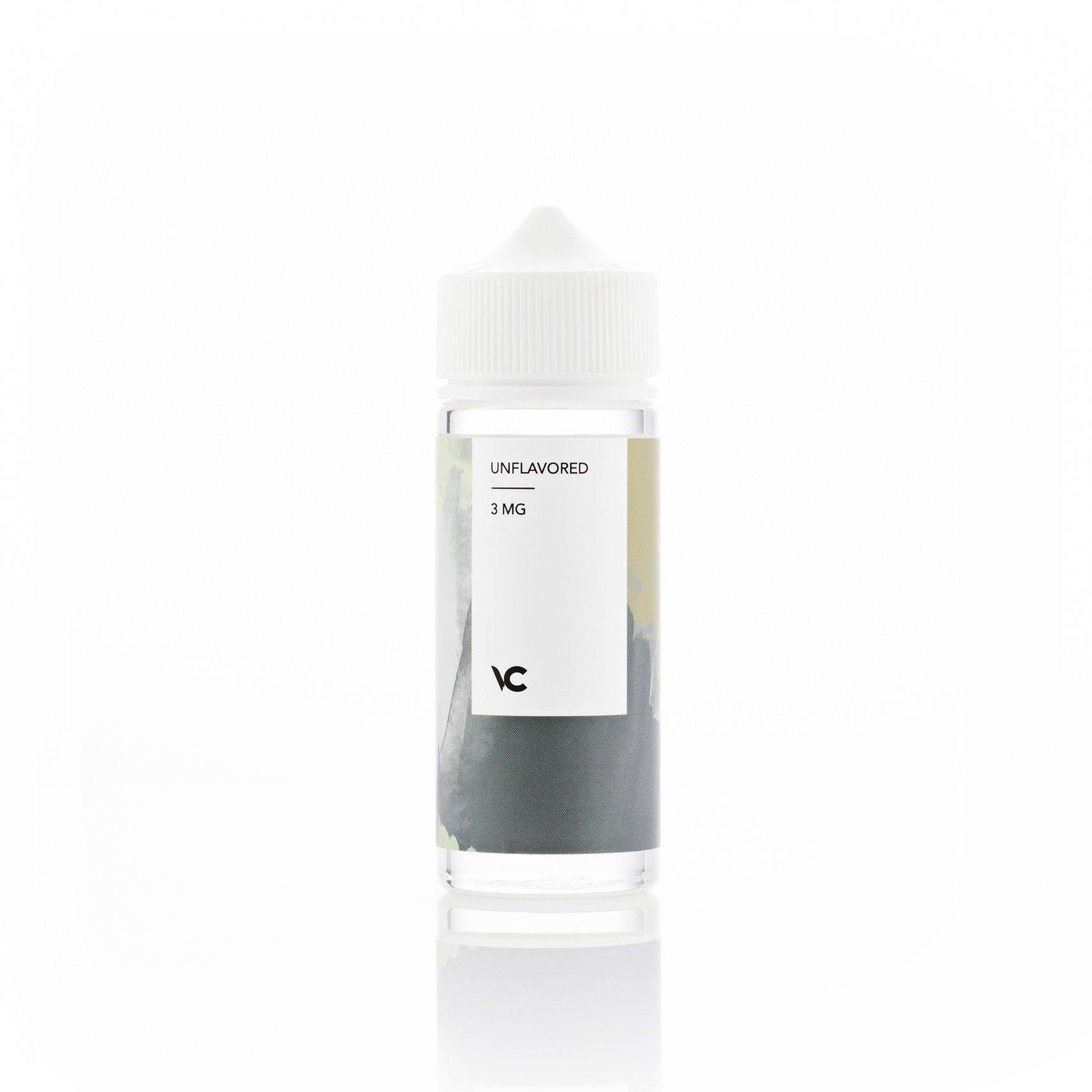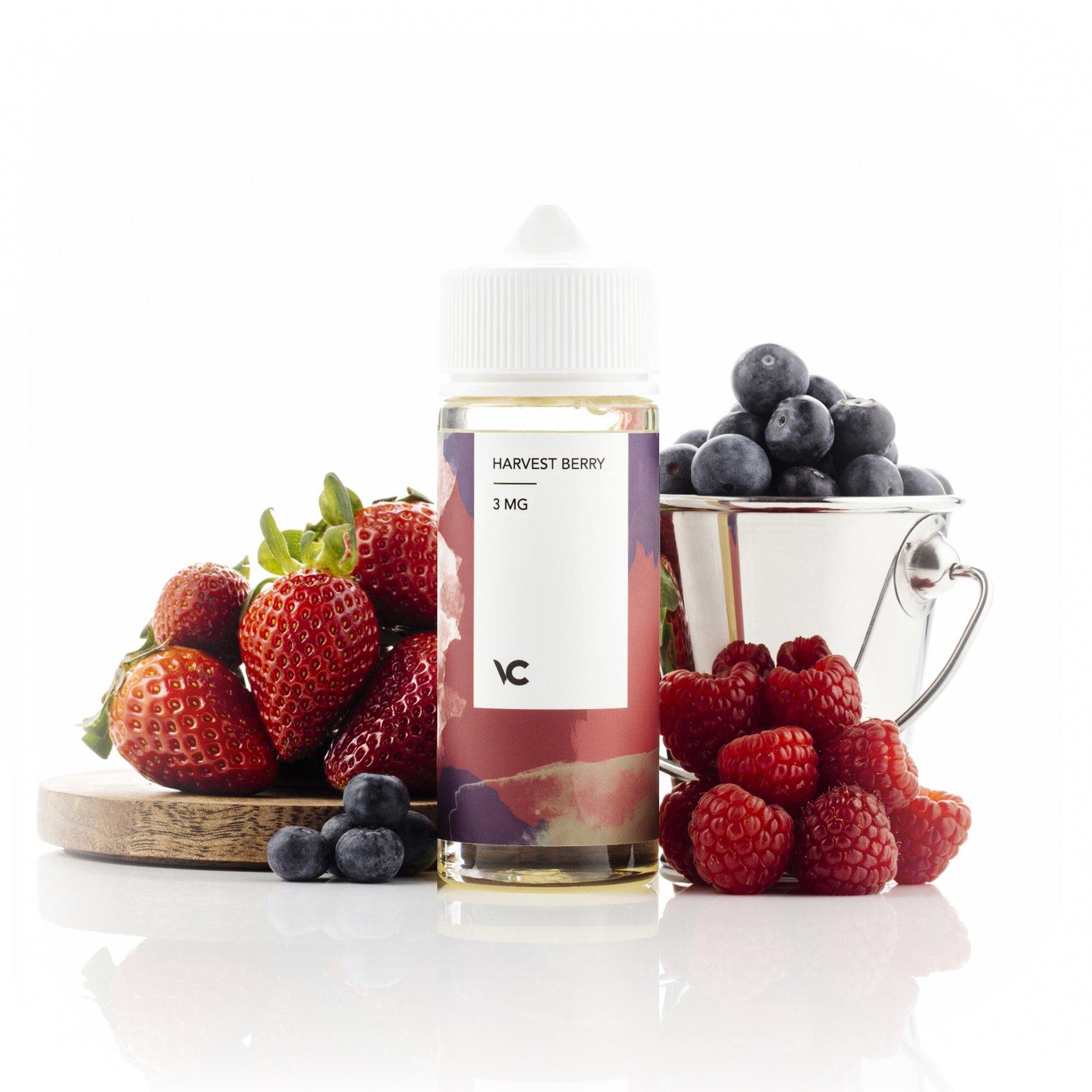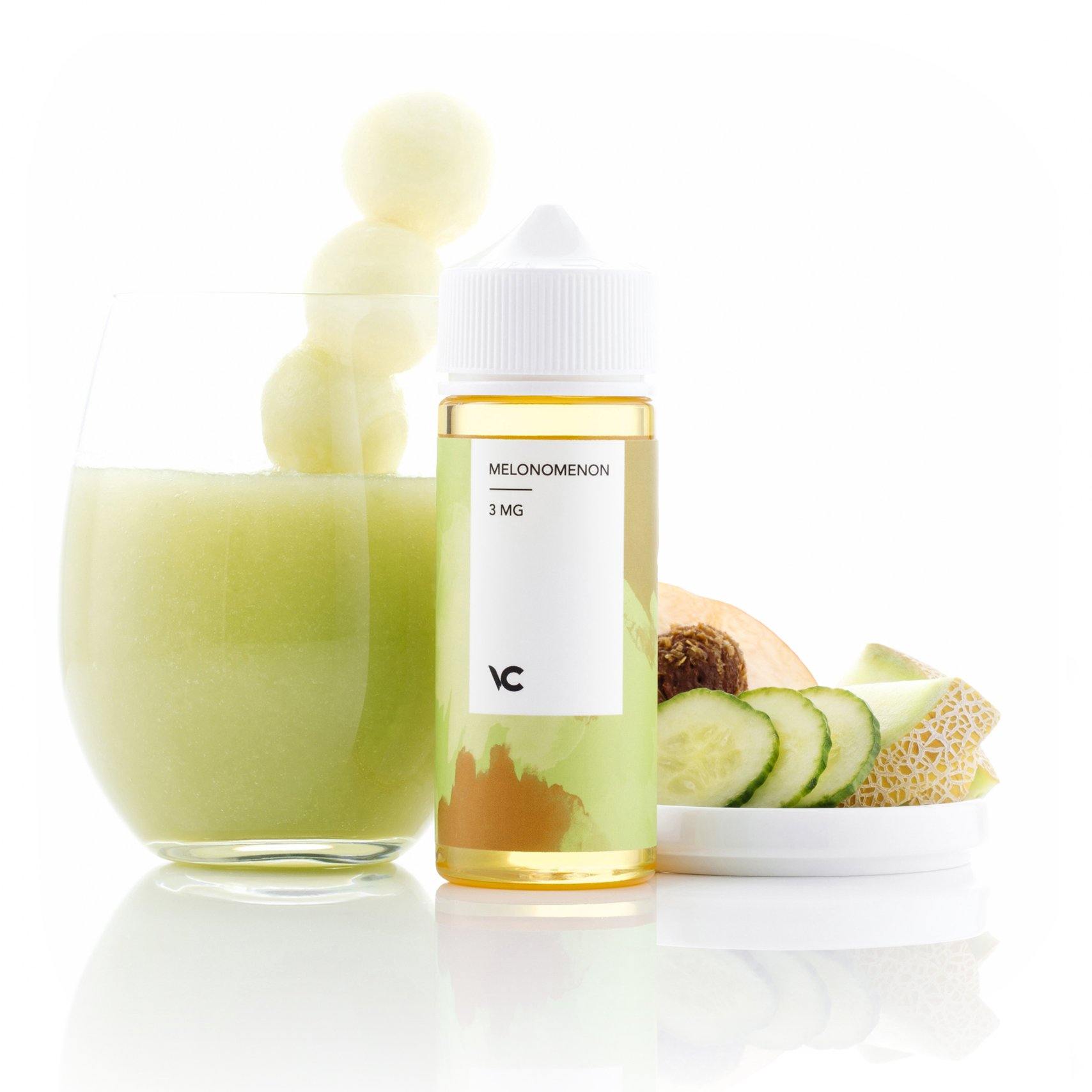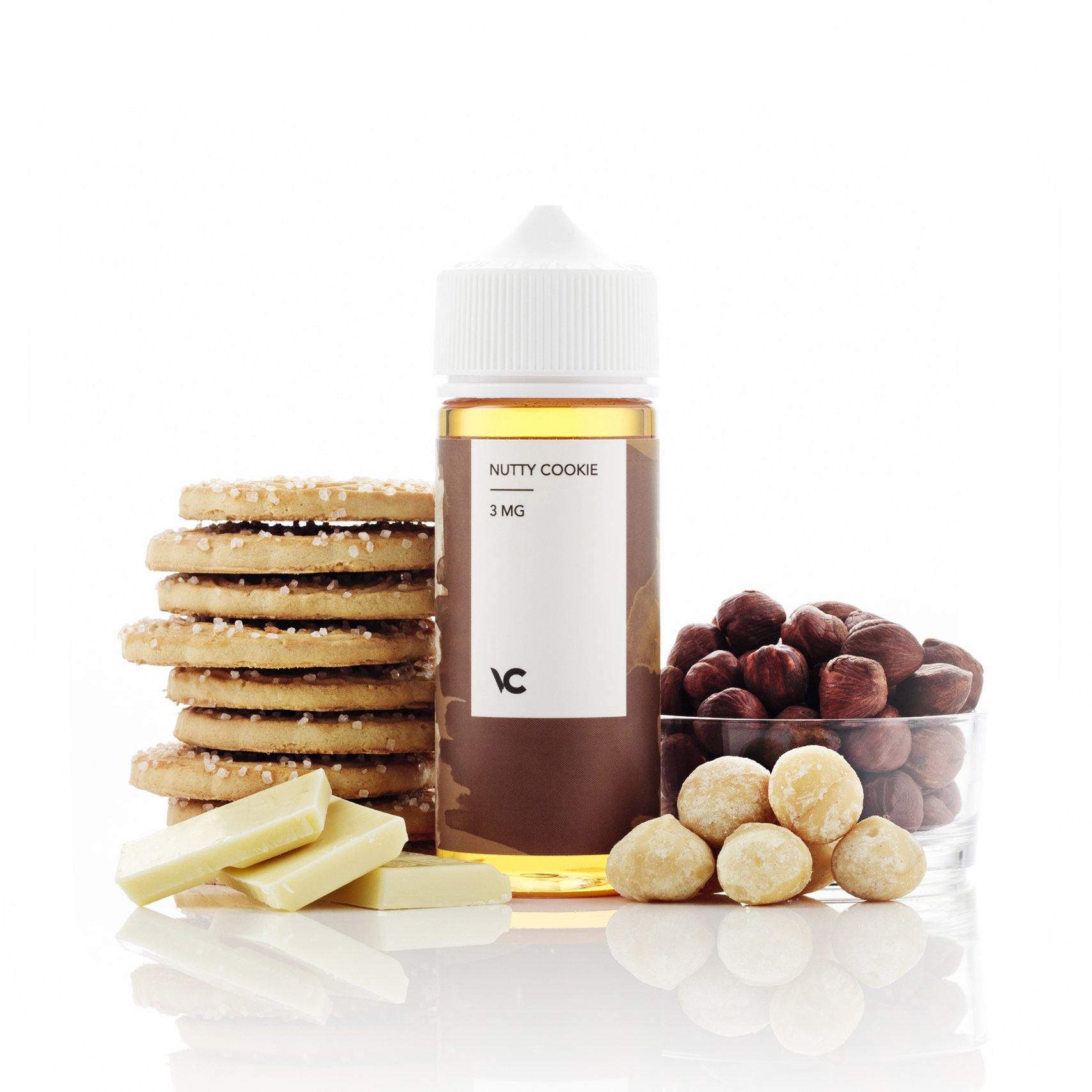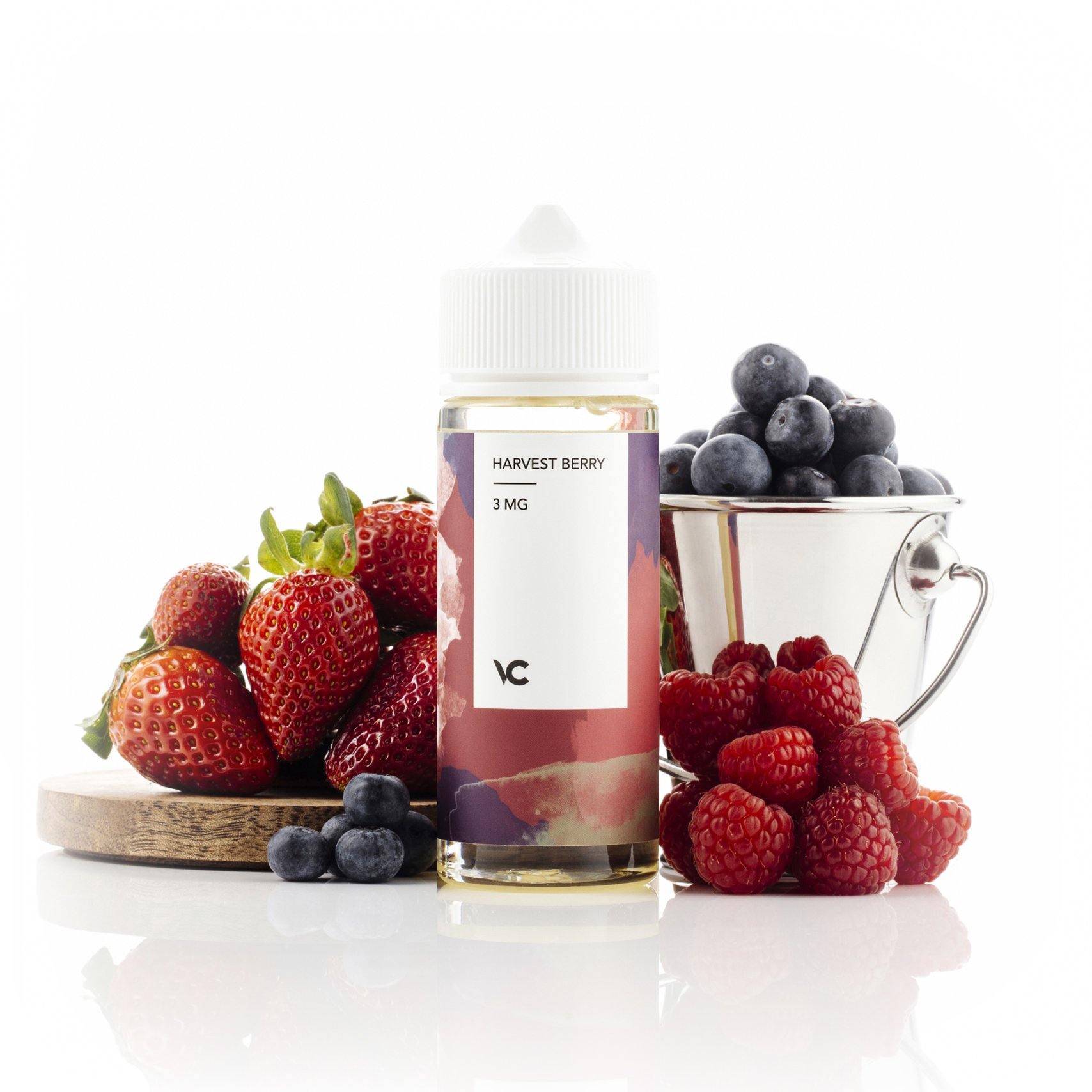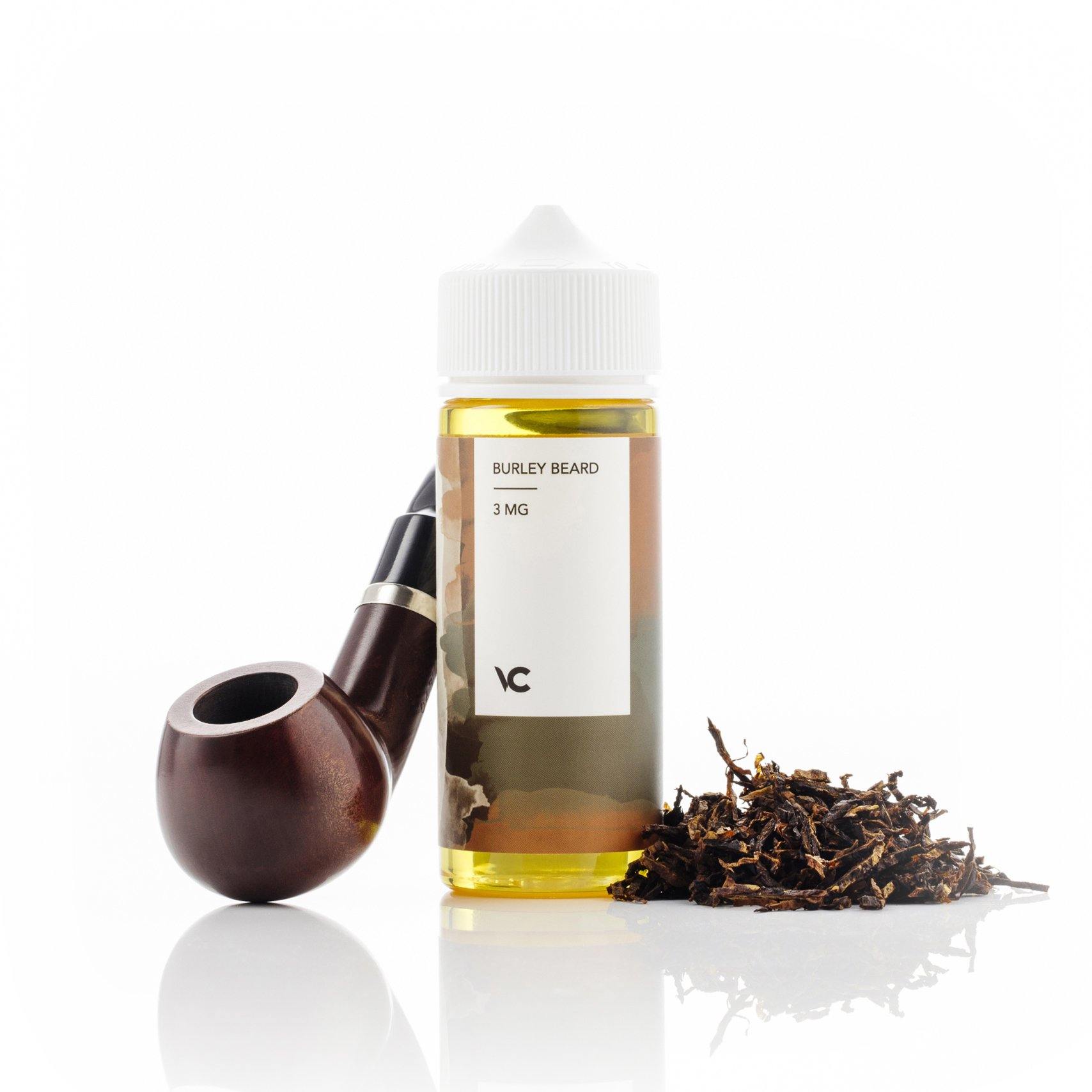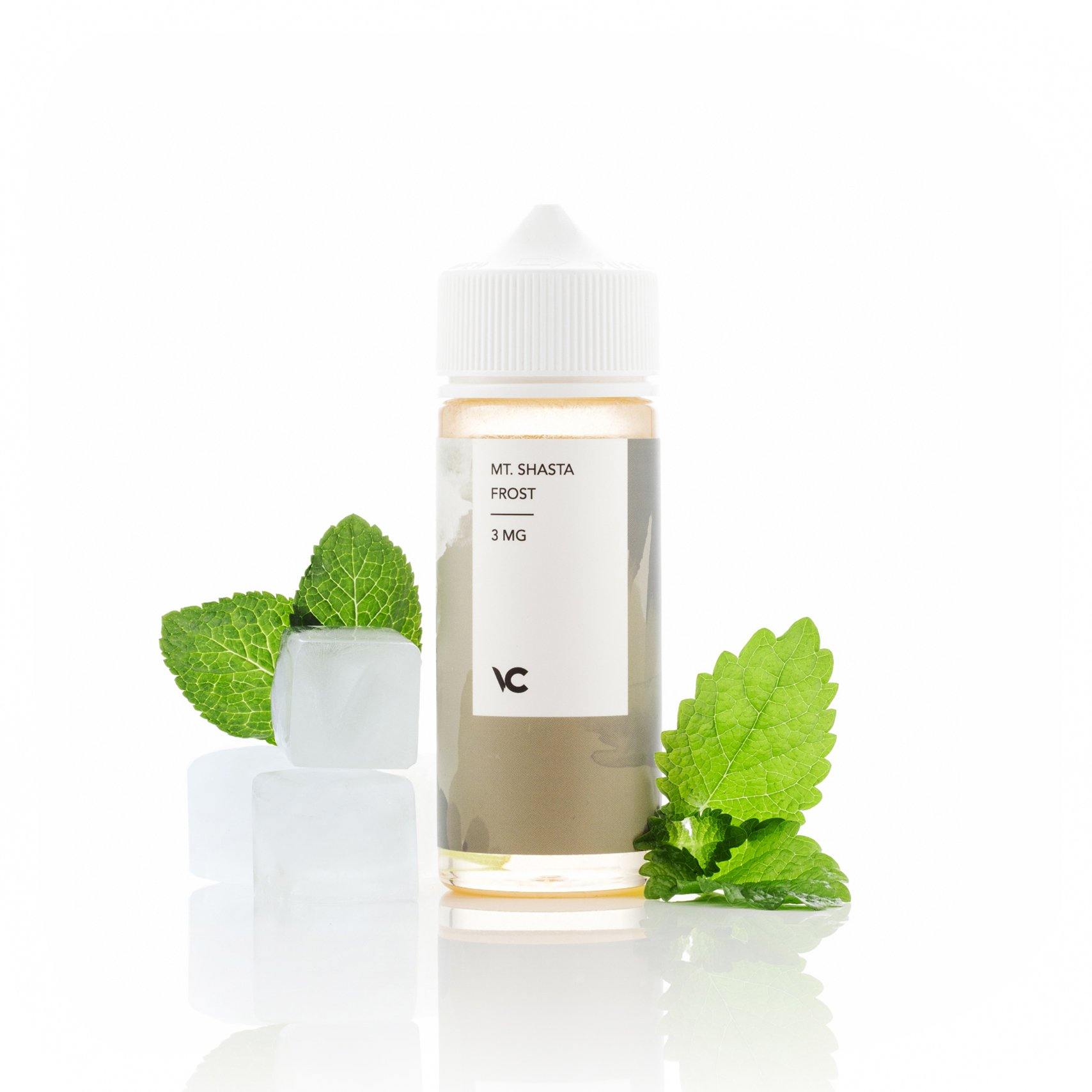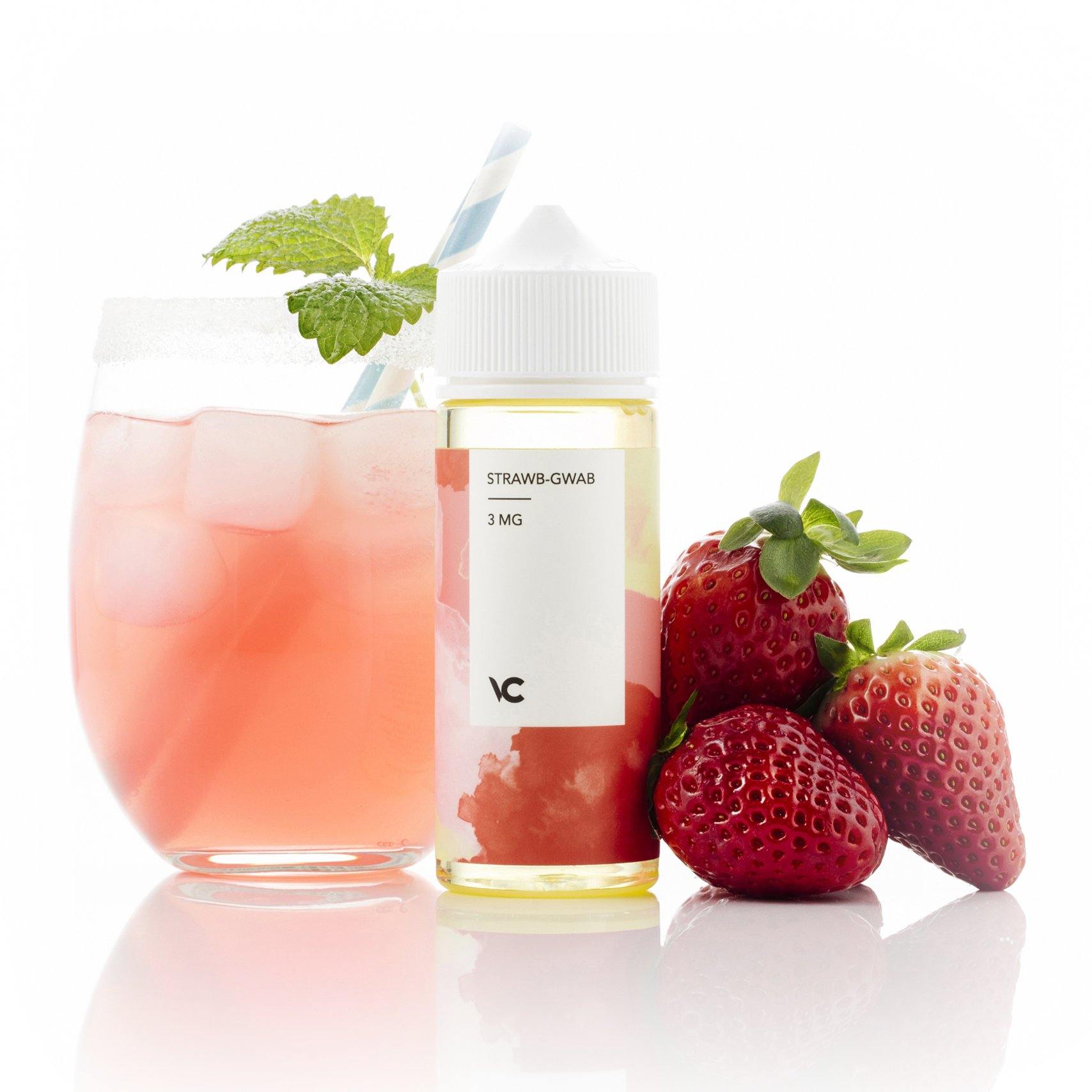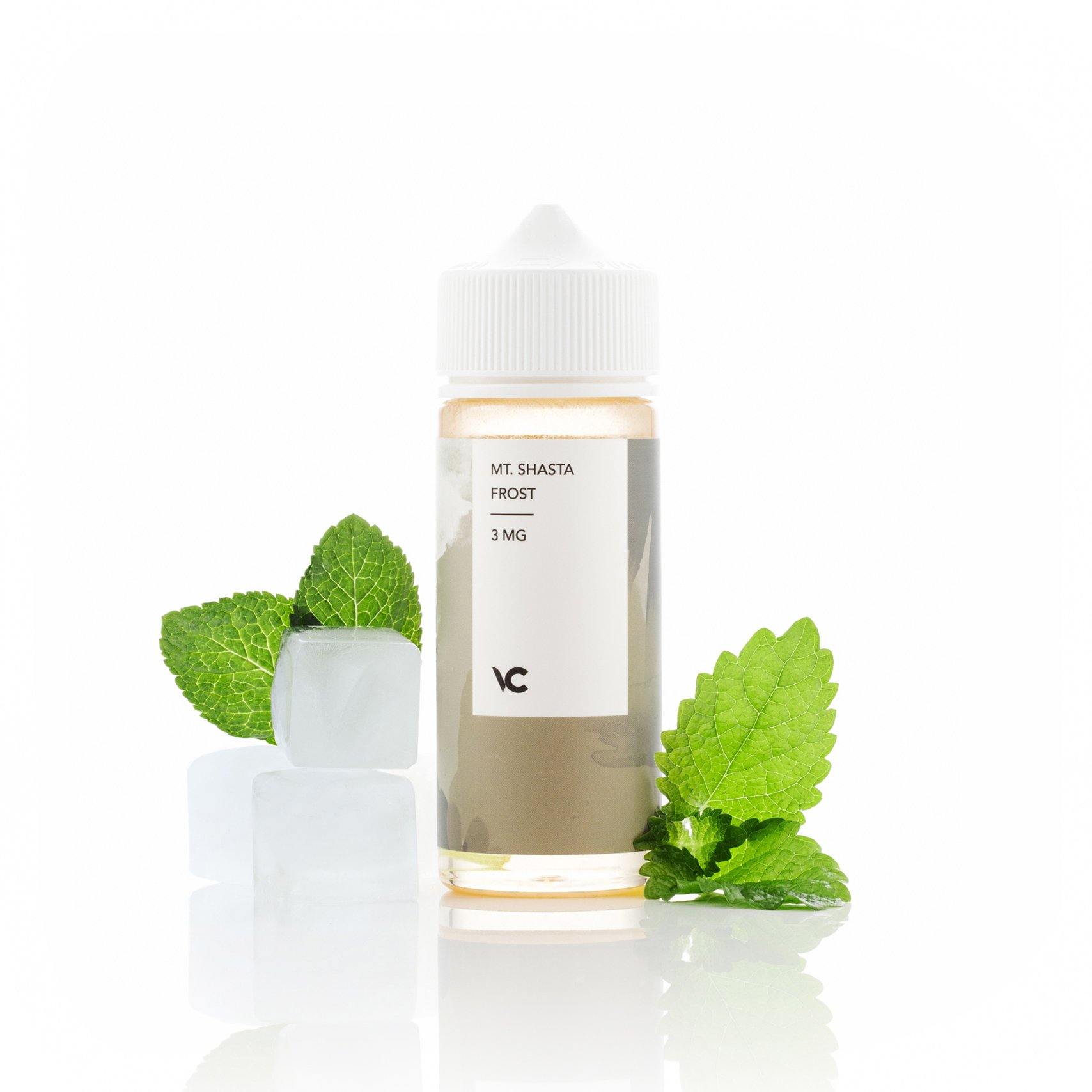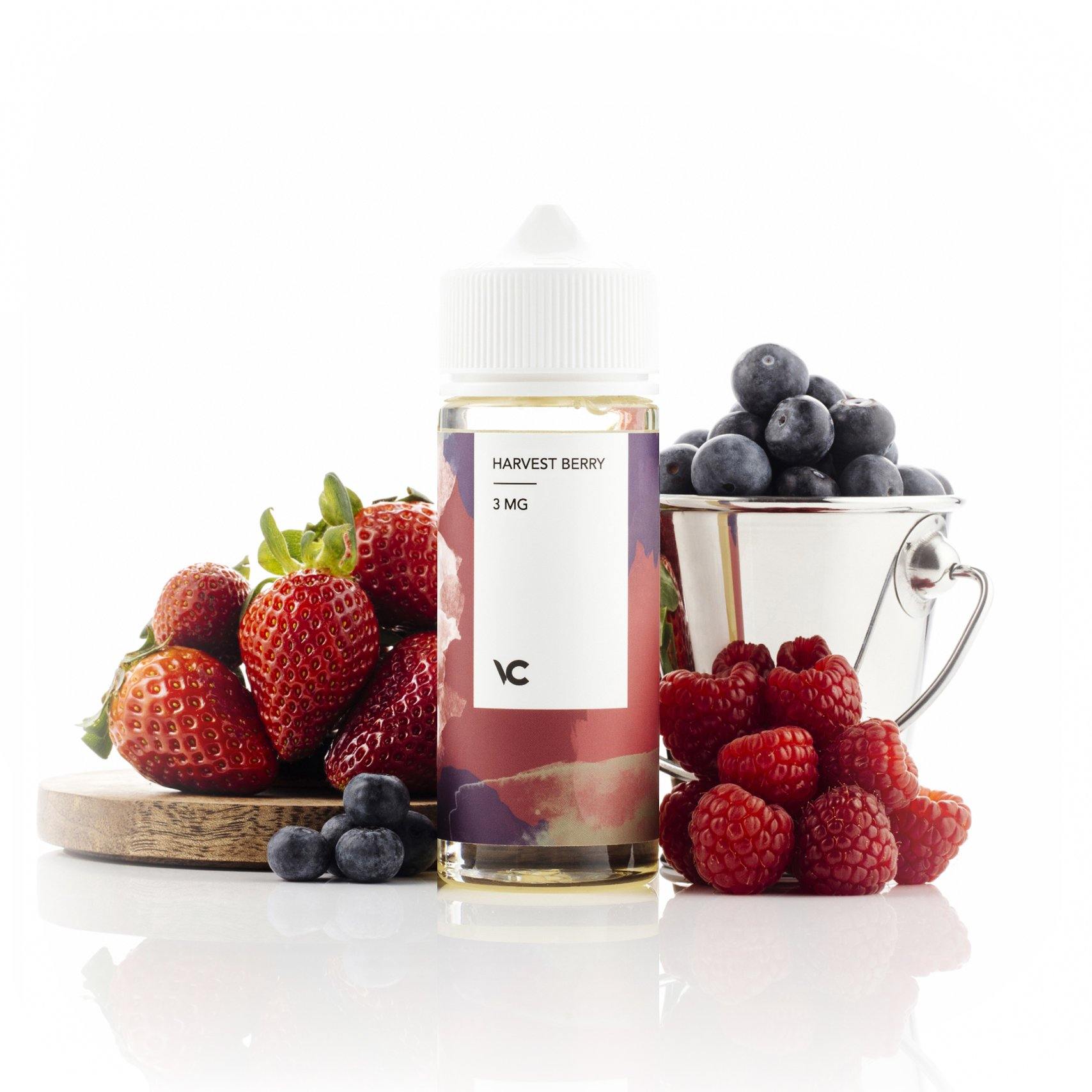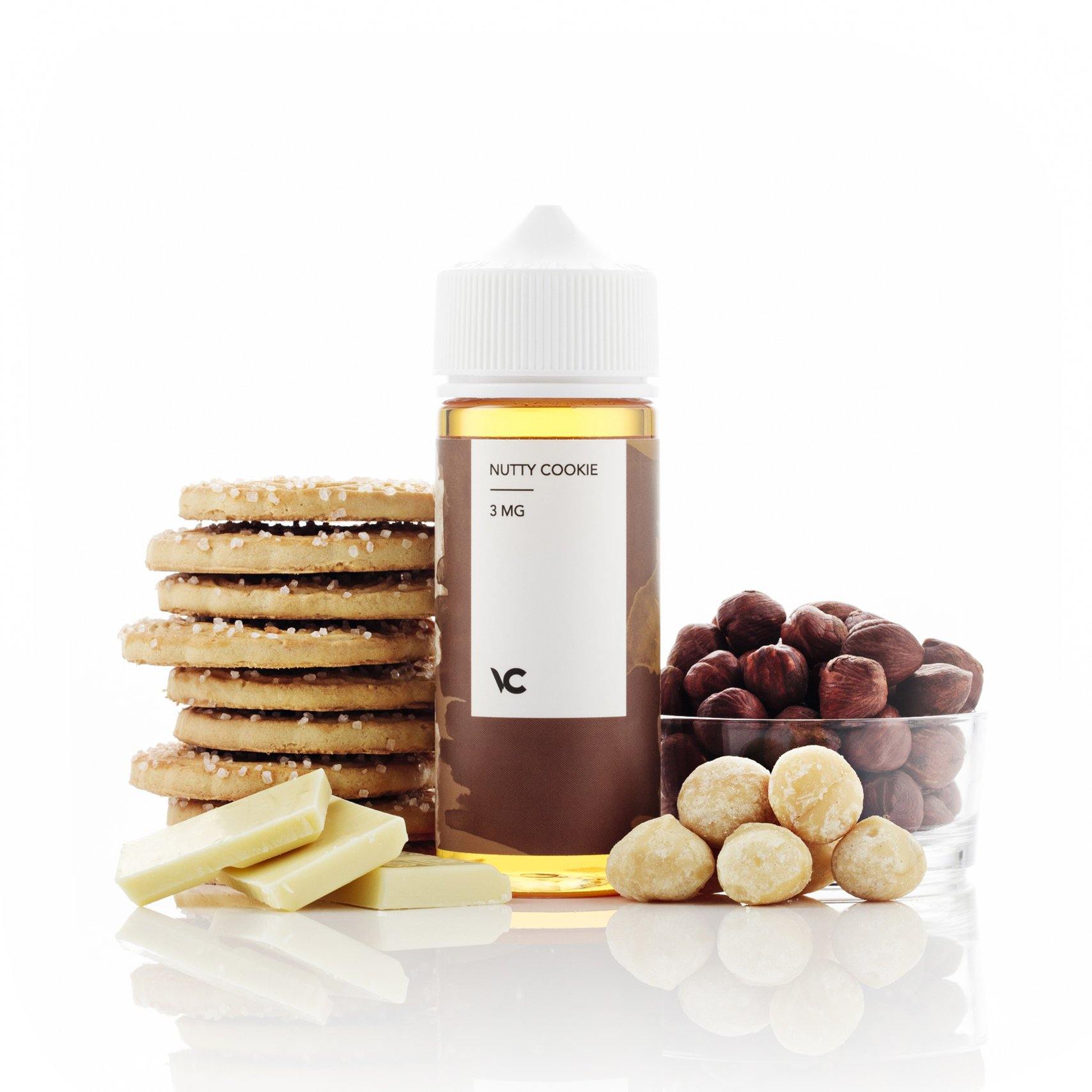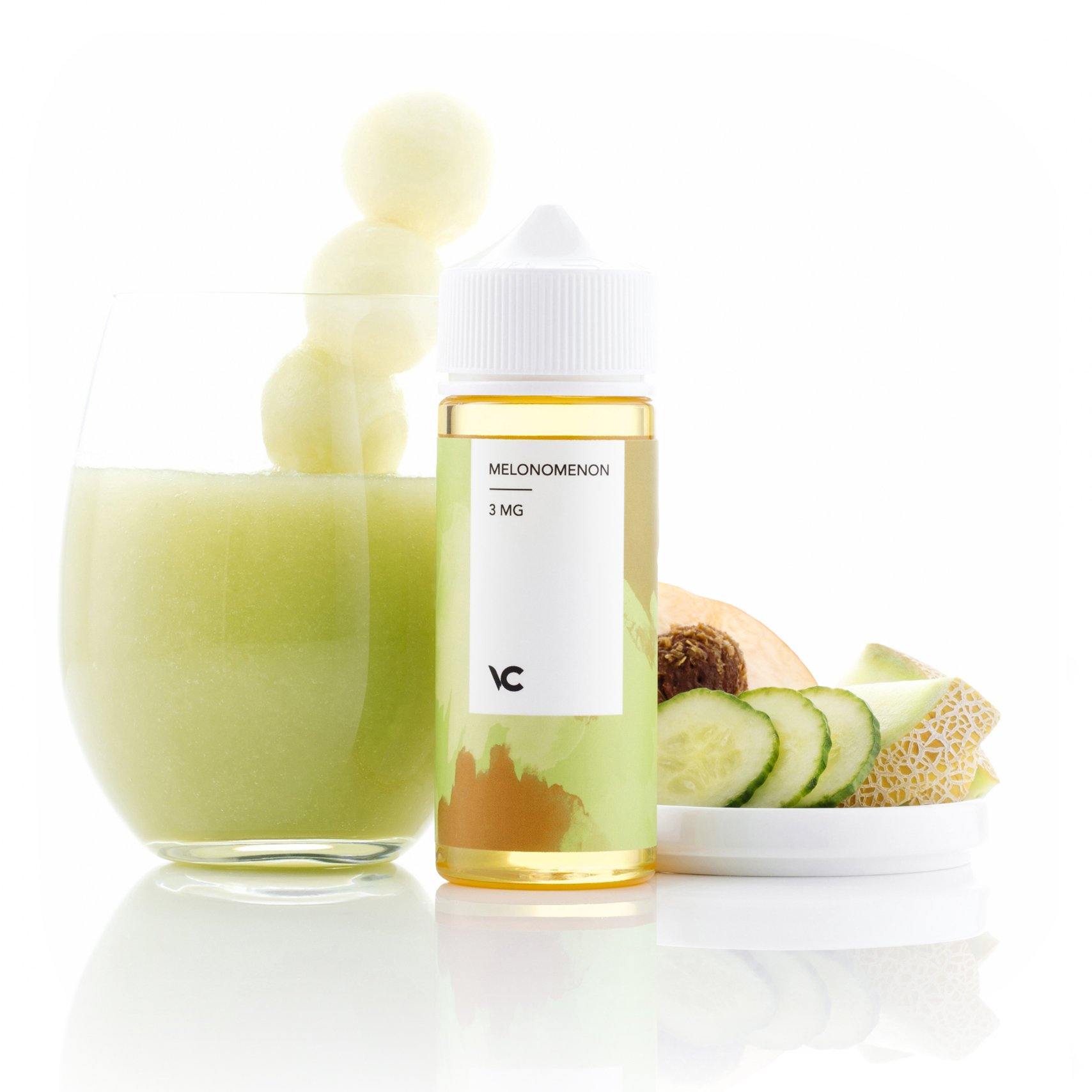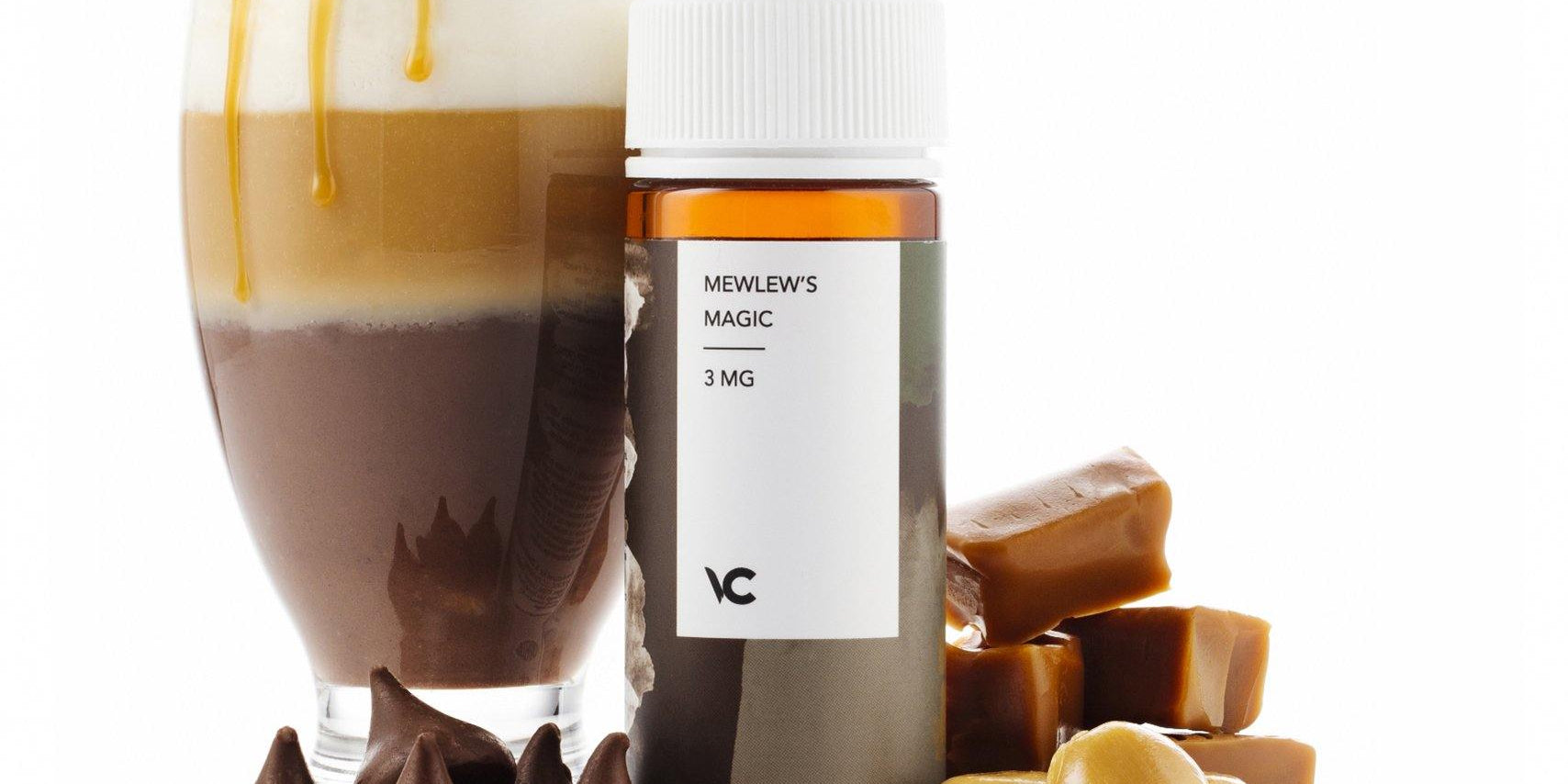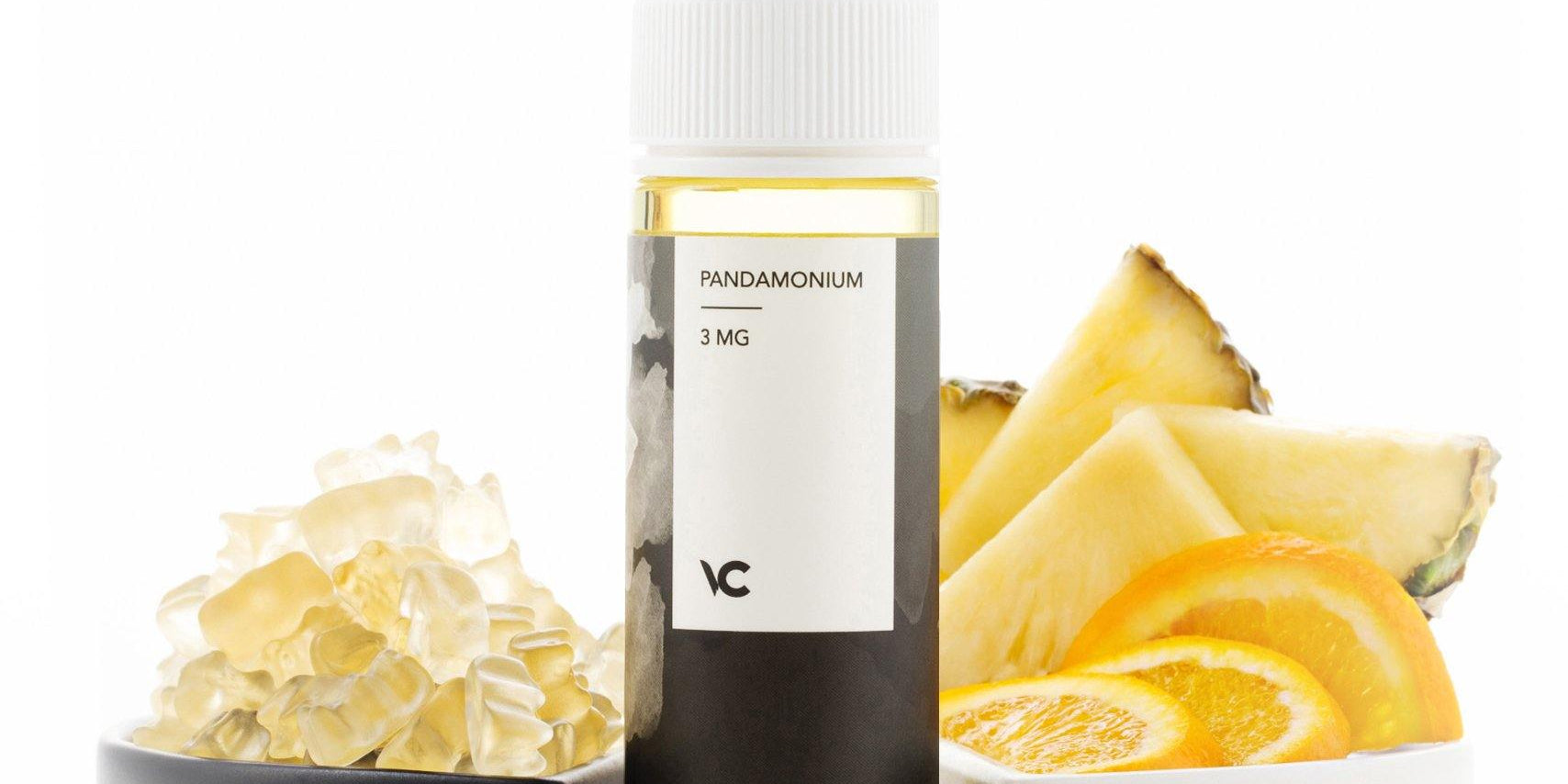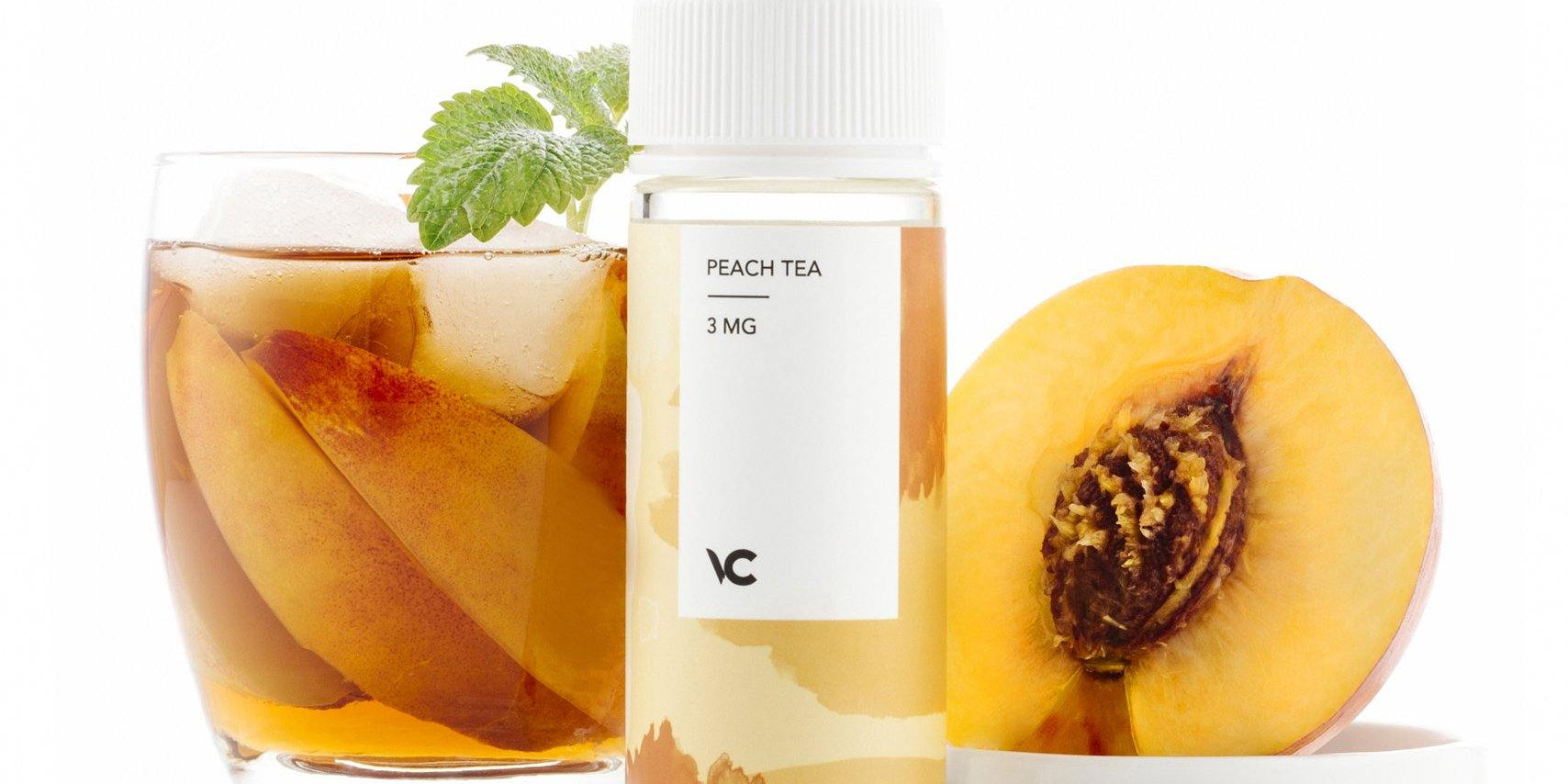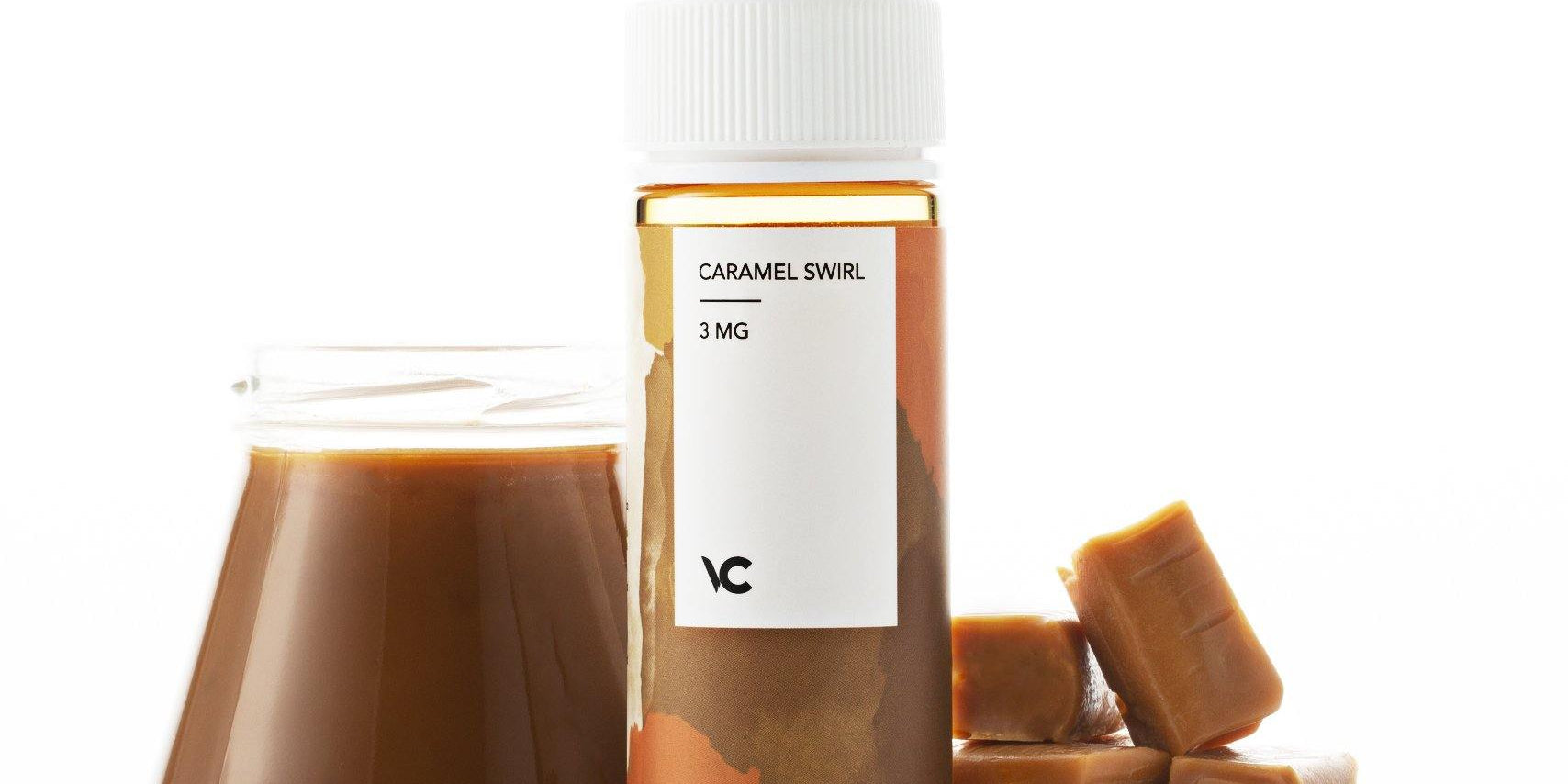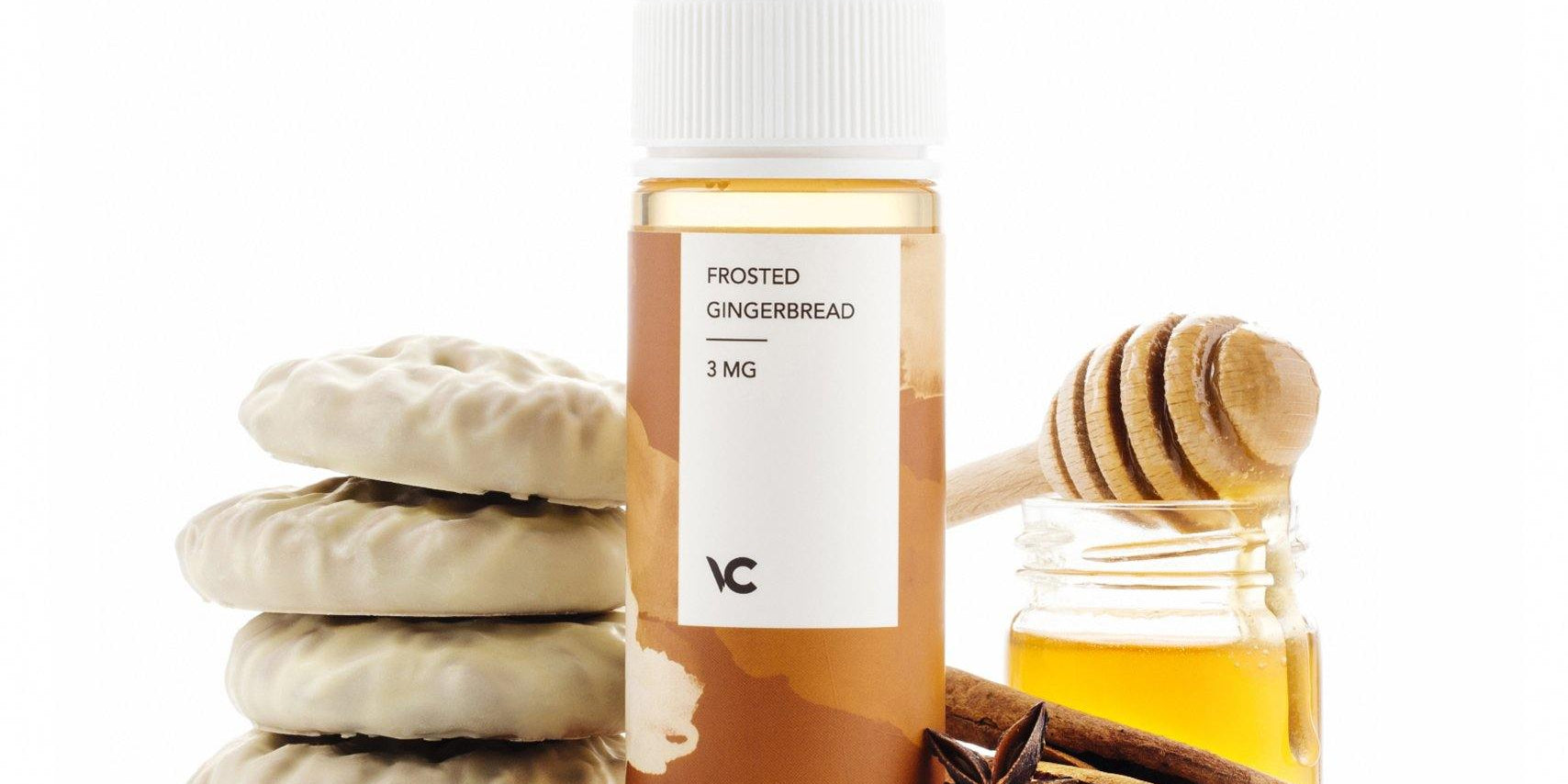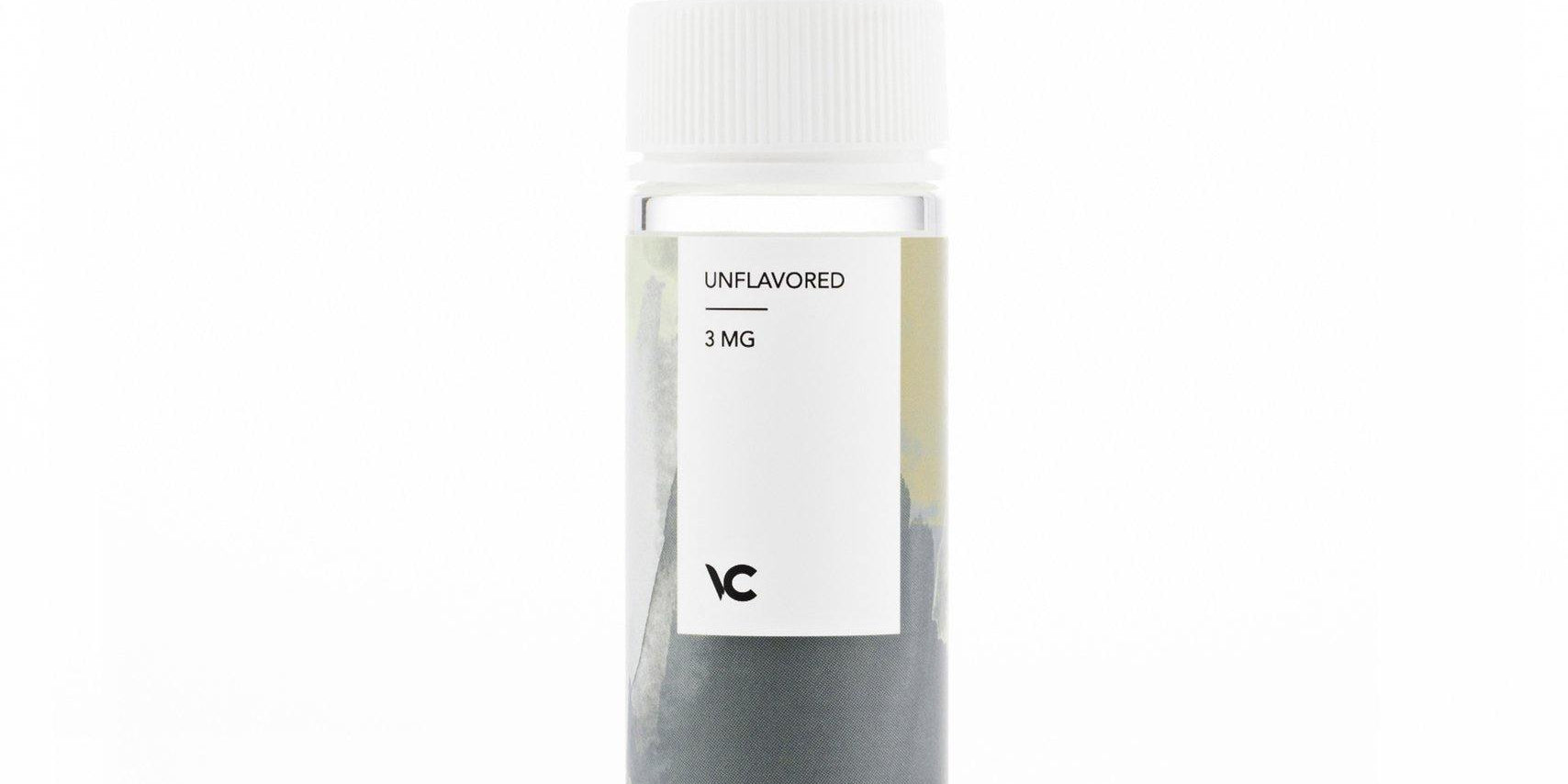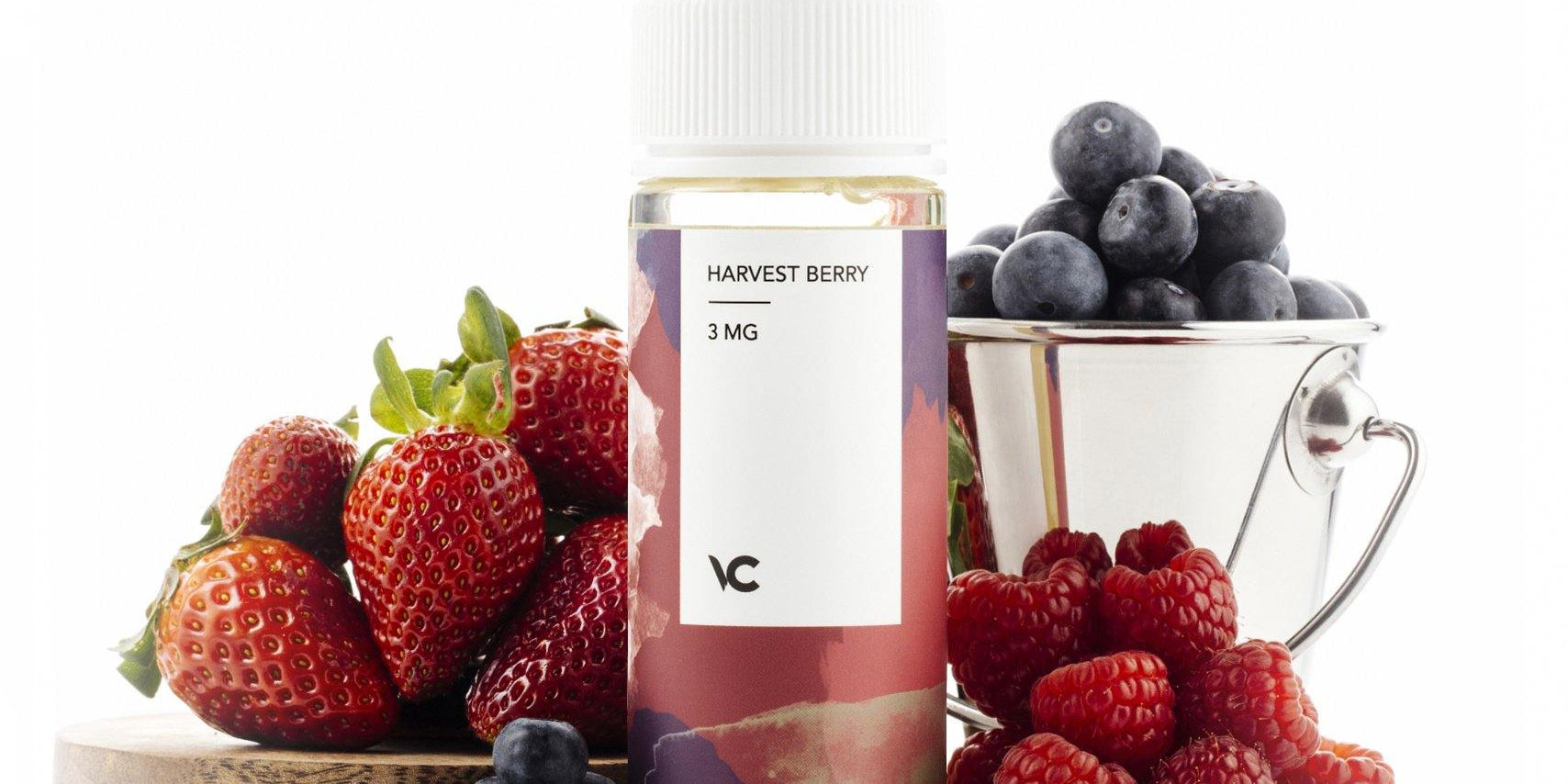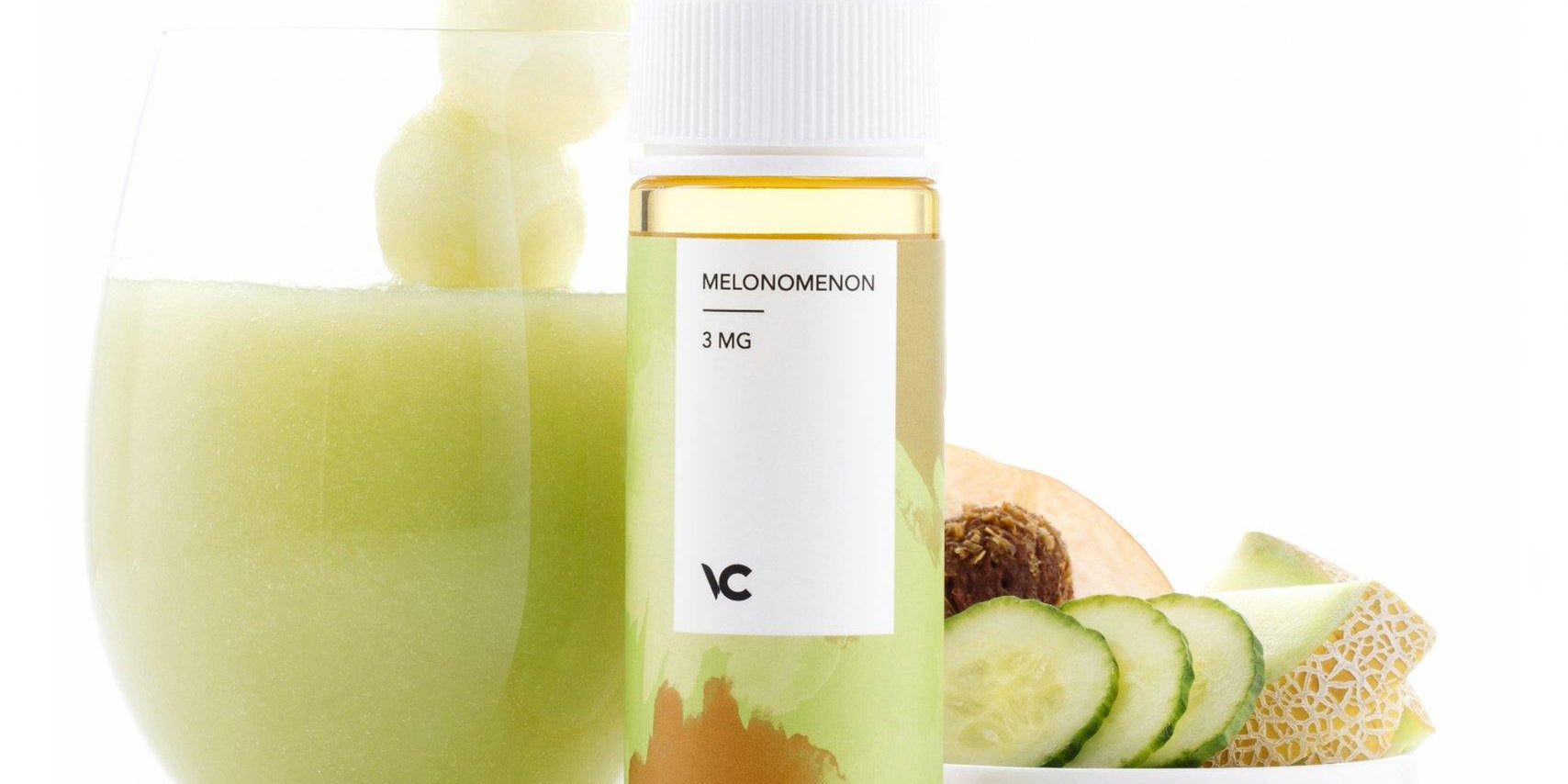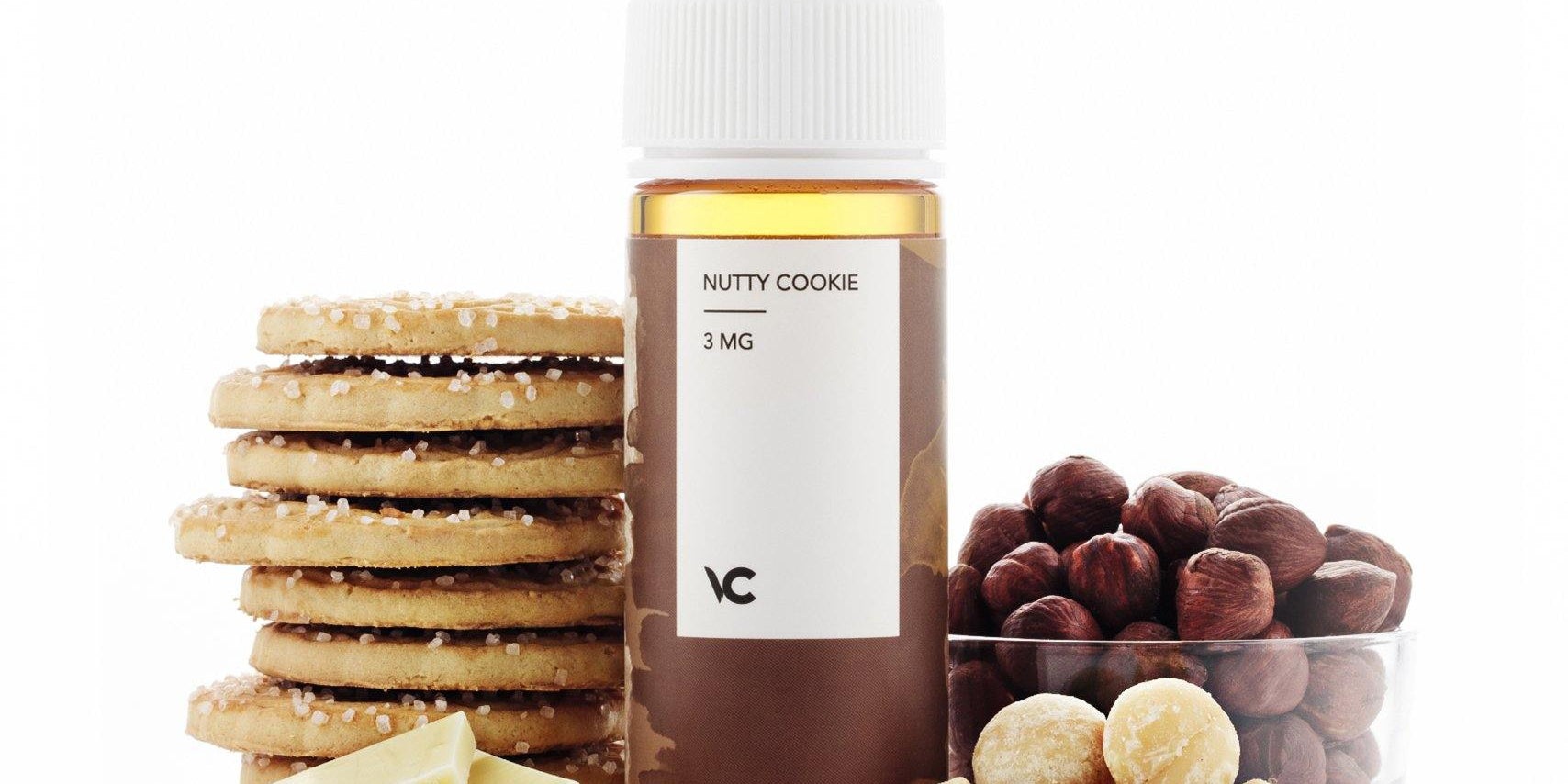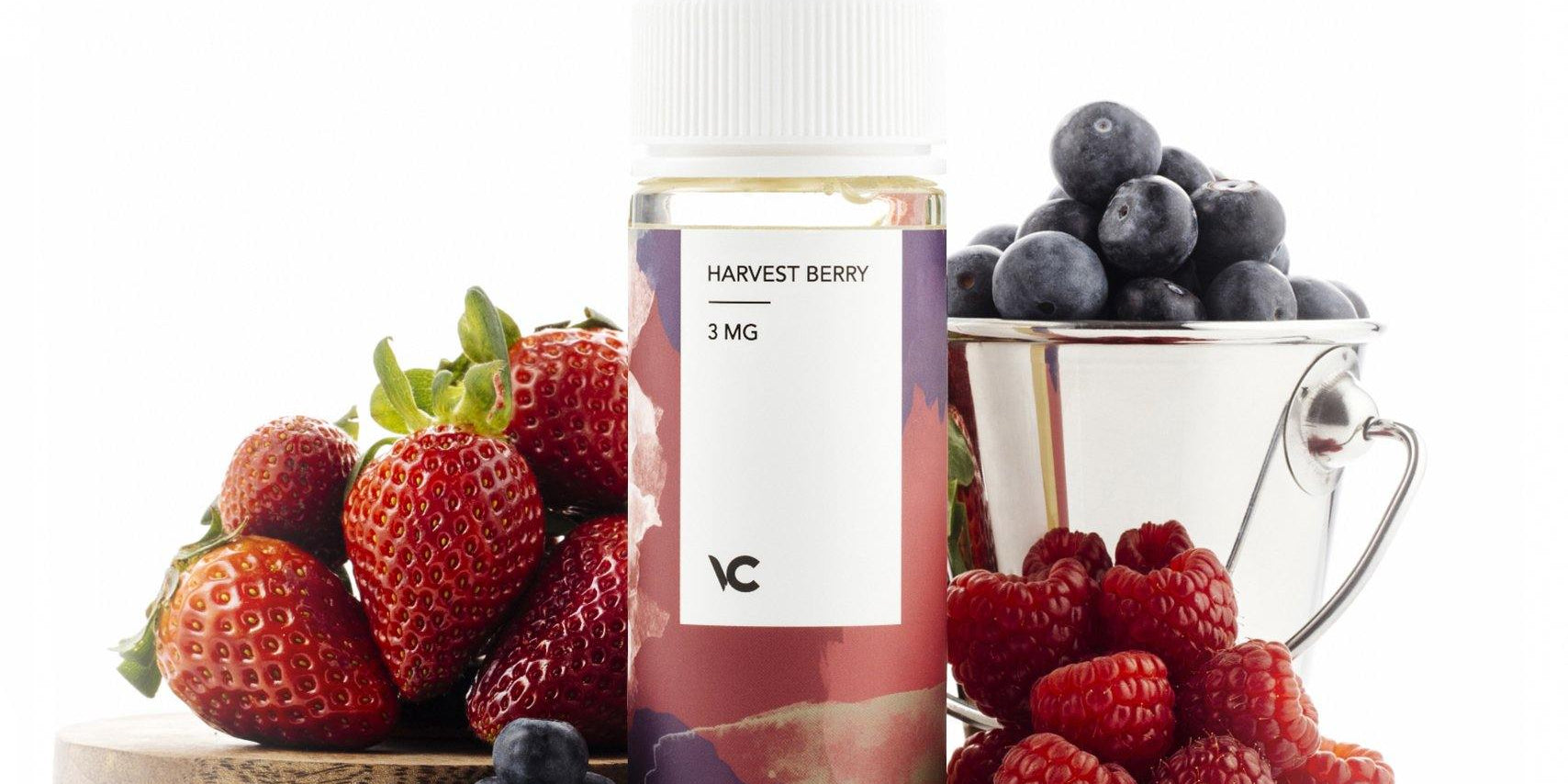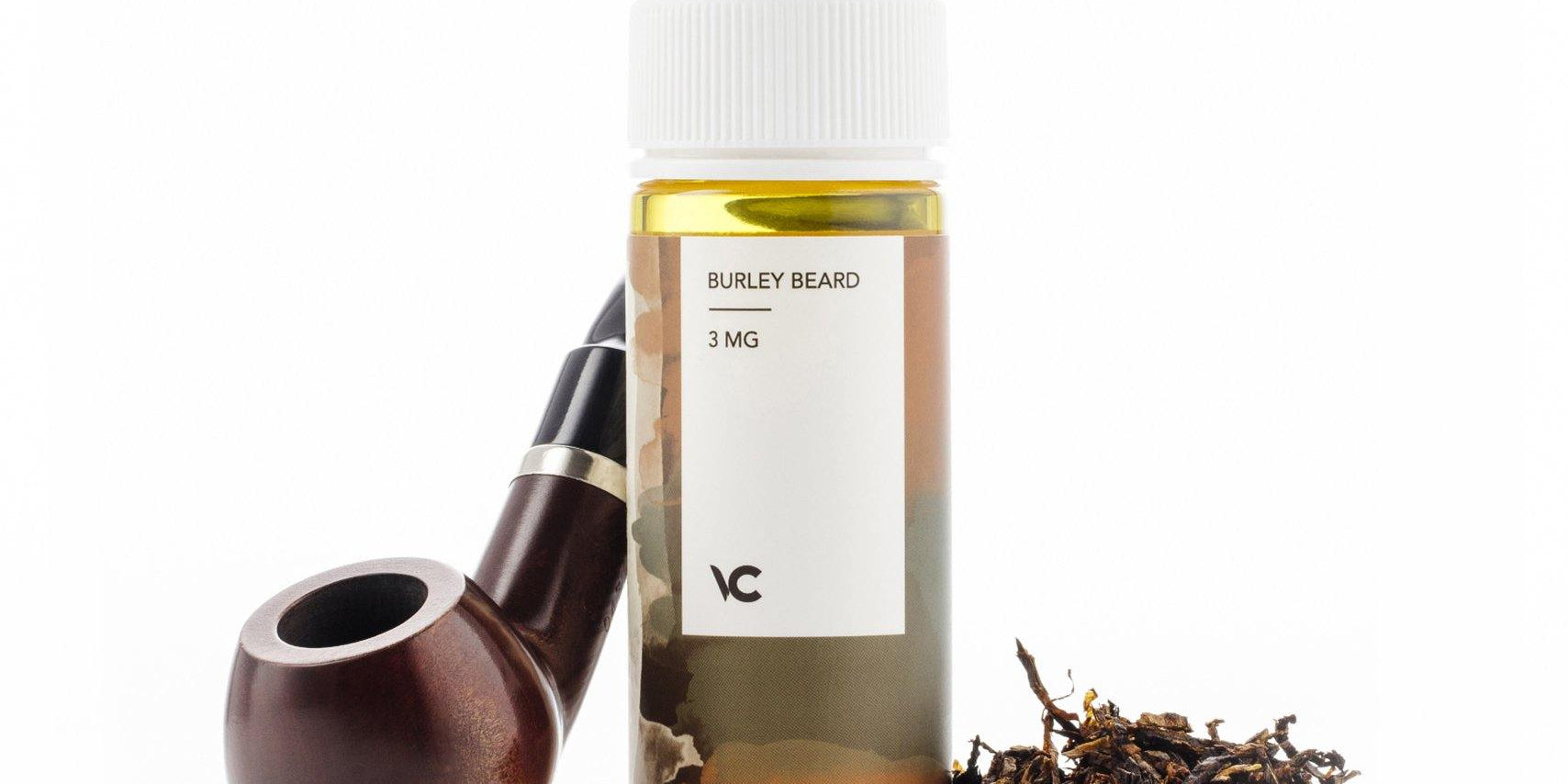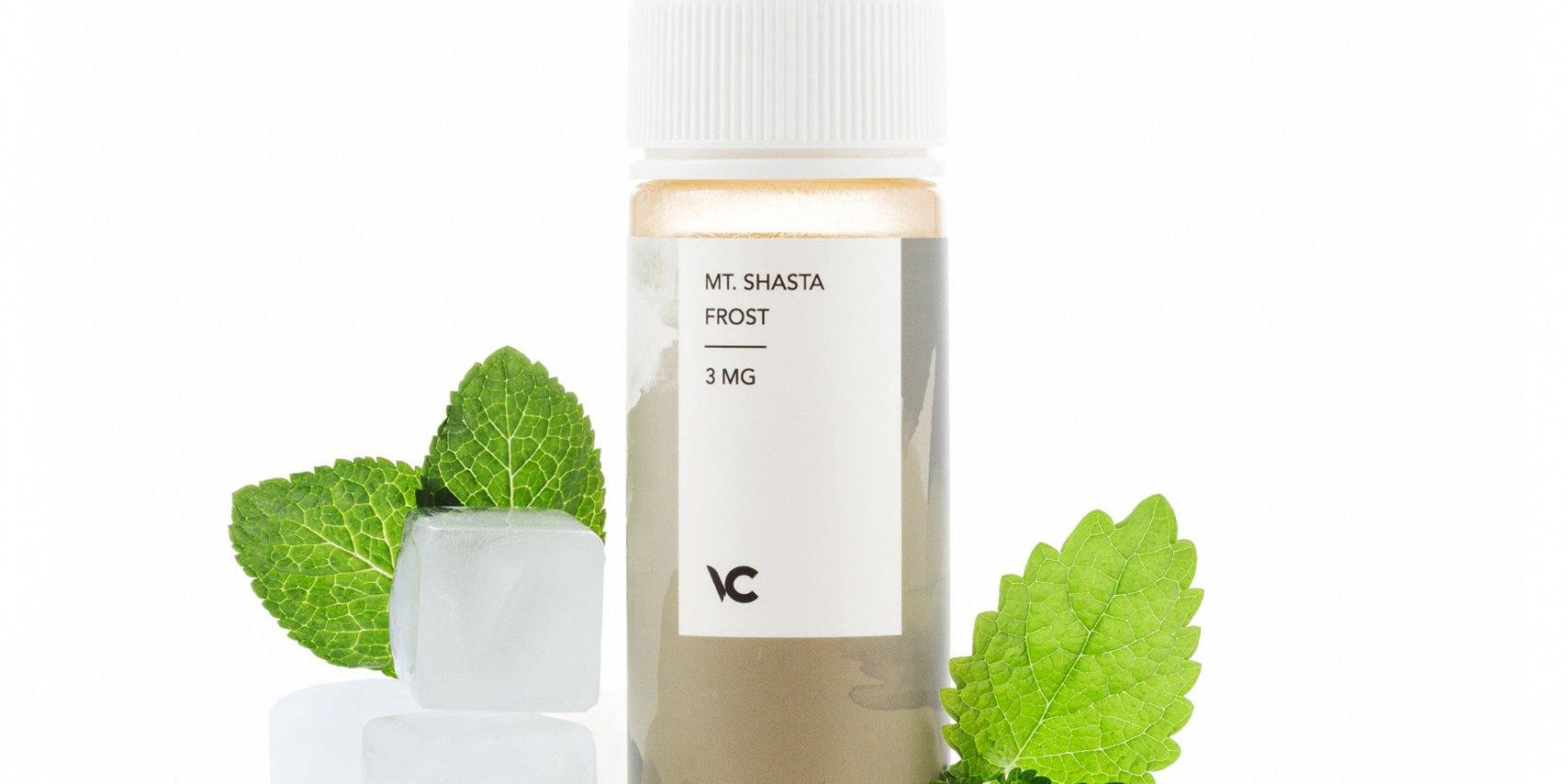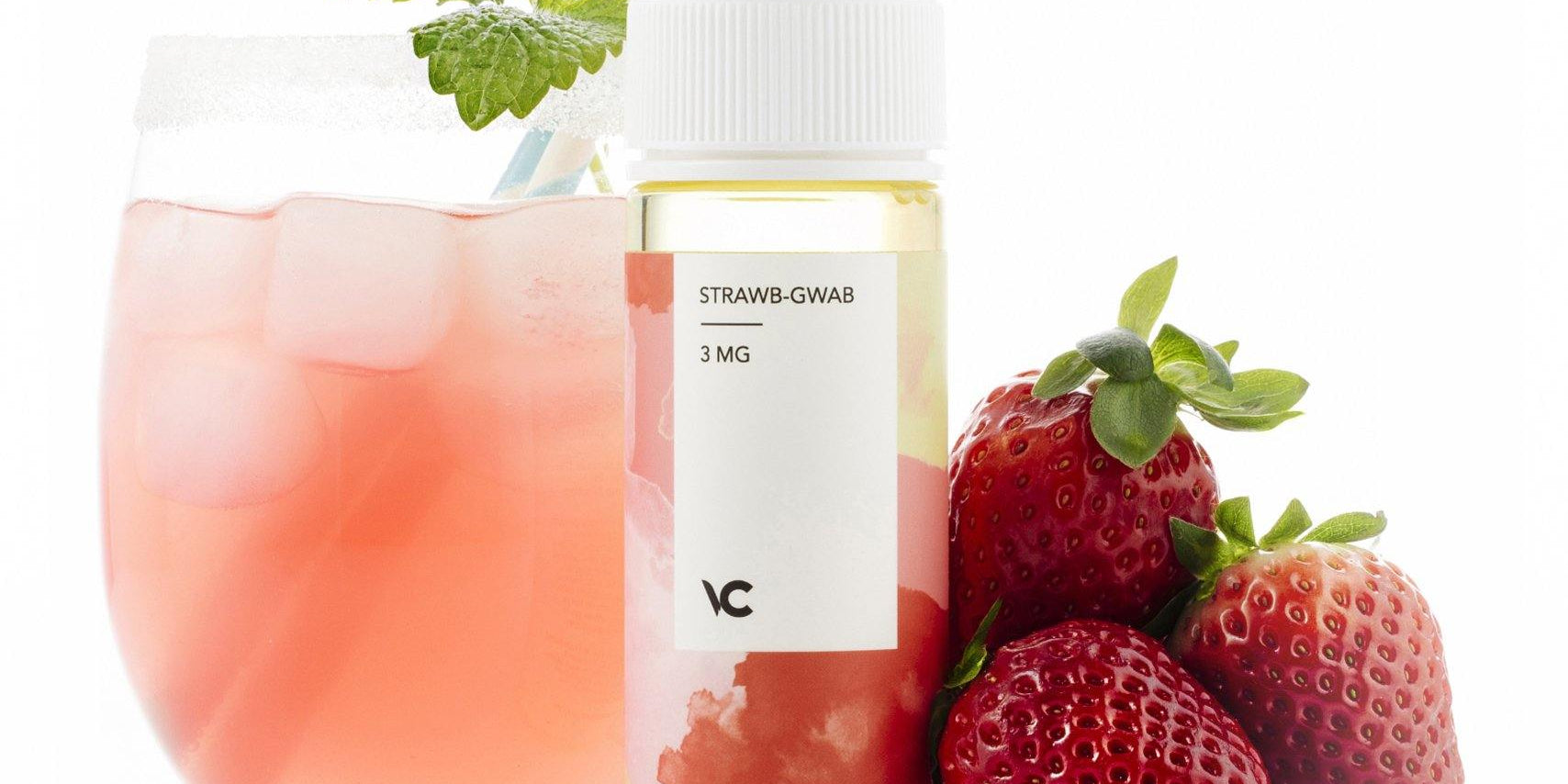Vegetable glycerin (VG) and propylene glycol (PG) play essential roles in vape juice formulas. Each ingredient affects everything from the size of vapor clouds to the intensity of flavors and the smoothness of each puff. VG is a thicker liquid that produces larger clouds and a smoother inhale. PG is thinner, delivering a stronger flavor and a more noticeable throat hit. The VG/PG ratio you choose directly shapes your vaping experience.
This guide breaks down VG vs PG vape juice, explaining what each does and how to pick the perfect balance for your vaping style.
What is VG (Vegetable Glycerin)?
Vegetable Glycerin is a natural, plant-based compound that gives vape juice its thickness. You can find VG in products like cosmetics and foods, where it acts as a thickener or binding agent. In vape juice, VG provides ultra-smooth and dense clouds.
What is PG (Propylene Glycol)?
Propylene glycol is a synthetic, thinner liquid known for its flavor-carrying properties. It’s used in various everyday items, from food products to medications like asthma inhalers, to dissolve and distribute ingredients evenly. In vape juice, PG provides the throat hit you crave, similar to smoking. This sensation makes it ideal if you’re transitioning away from cigarettes.
VG vs PG: Key Differences
Vg vs pg vape juice formulas differ in several key aspects:
Thickness and Vapor Production: VG is thicker than PG, creating dense, billowy clouds. PG is thinner, producing smaller clouds but providing a stronger throat hit.
Flavor Intensity: PG excels at carrying flavor, allowing for sharper, more distinct taste notes. VG has a slightly sweet flavor but doesn’t deliver the same clarity as PG.
Throat Hit: PG produces a pronounced throat hit that replicates the sensation of smoking cigarettes. VG offers a smoother hit.
Device Compatibility: VG and PG work best in different types of devices. VG-heavy juices are ideal for sub-ohm (lower resistance) devices, while PG-heavy juices work better in MTL (mouth-to-lung) devices and pod systems (higher resistance).
VG/PG Ratios Explained
Each VG vs PG vape juice ratio impacts your vaping experience differently. Here’s a breakdown of popular blends and what to expect:
70% PG / 30% VG: 70/30 PG: VG ratio is perfect if you want a strong throat hit and intense flavor. The high PG content makes it thinner and suitable for low-powered, high-resistance devices. If you’re transitioning from smoking, this ratio provides a familiar sensation with smaller clouds.
50% PG / 50% VG: This balanced blend offers a combination of flavor and vapor production, making it a versatile choice. 50/50 PG: VG provides a decent throat hit with moderate cloud production. It’s compatible with both MTL and lower-powered DTL (direct-to-lung) devices.
70% VG / 30% PG: If you’re into cloud chasing, 70% VG / 30% PG is an excellent choice. The high VG content delivers larger clouds and a smoother inhale, with a softer throat hit. You’ll need a high-powered sub-ohm device to get the most out of this ratio.
Max VG (80% VG or more): Max VG blends are best if you want massive vapor clouds and a mild inhale. With very little PG, max VG juices require powerful sub-ohm devices and produce a minimal throat hit. These blends work well if you’re sensitive to PG.
Choosing the Right VG/PG Ratio Based on Your Vaping Style
Your vape style will determine the best vg vs pg vape juice ratio for you:
Nicotine Satisfaction: If you prefer higher nicotine levels, such as 12 mg/mL or more, go with a higher PG ratio, as PG delivers a stronger throat hit and enhances the nicotine’s impact. For lower nicotine (6 mg or less) or nicotine-free vaping, a higher VG ratio provides a smoother, more pleasant inhale, ideal if you prioritize vapor over nicotine.
Cloud Chasing: If you’re after the biggest clouds possible, choose max VG juices (80% VG or more) and use a powerful DTL sub-ohm setup. These juices provide dense vapor but require compatible hardware due to their thickness.
Flavor Chasing: For intense flavor, opt for a higher PG ratio, like 50/50 or 60/40 PG/VG, as PG carries flavor more effectively. These ratios work best in MTL devices that emphasize taste over vapor production.
Effects on Flavor and Cloud Production
VG and PG influence both flavor delivery and cloud size:
Flavor: PG is a superior flavor carrier, enhancing and amplifying taste notes. A high-PG blend will give you clear, defined flavors. However, creamy and dessert-like juices are the exception. These formulas benefit from high-VG vape juices because they excel in delivering richer flavor profiles.
Cloud Production: VG’s thicker consistency produces thicker, denser clouds, making it the preferred choice for cloud chasers. PG, on the other hand, yields smaller, more discreet vapor clouds.
VG and PG in Different Types of Vape Devices
Certain devices work best with specific VG/PG ratios:
Mouth-to-Lung (MTL) Vaping: MTL vapes, like pod systems and vape pens, involve drawing vapor into your mouth before inhaling it into your lungs, similar to smoking. These devices benefit from a higher PG ratio, like 50/50 or 70/30 PG/VG, because PG’s thinner consistency flows easily through the smaller coils typically used in MTL devices. This thinner liquid also vaporizes quickly at lower power, which prevents clogging and produces a sharp, cigarette-like throat hit that many former smokers prefer.
Direct-to-Lung (DTL) Vaping: DTL vapes, like sub-ohm vape tanks and box mods, provide an open airflow concept that allows you to inhale vapor directly into your lungs. This style pairs best with a higher VG ratio (70/30 VG/PG or higher) because it offers high wattages and low-resistance (sub-ohm) coils that efficiently handle thicker liquids. This function produces larger clouds without risking dry hits or coil clogging.
VG vs PG for Nicotine Salts vs Freebase Nicotine
The type of nicotine you prefer also influences your VG/PG choice. Each nicotine type benefits from specific VG/PG ratios, so be sure to match your choice based on your device and desired nicotine strength.
Nicotine Salts: Nicotine salts are smoother at high nicotine concentrations and work best with higher-PG blends (50/50 or 60/40 PG/VG). The higher PG content in nicotine salt e-liquids helps deliver a satisfying throat hit at lower power settings, which is ideal for MTL devices and new users transitioning from cigarettes.
Freebase Nicotine: Freebase nicotine provides a stronger throat hit at higher concentrations and pairs well with both 50/50 blends and high-VG juices. Freebase e-liquids come in varying VG/PG ratios, but for more robust cloud production, choose a higher VG ratio, such as 70/30 VG/PG, with a lower nicotine concentration.
Conclusion
Selecting the right VG/PG ratio lets you personalize your vape experience to meet your flavor, throat hit, and cloud production preferences. High-PG blends enhance flavor and provide a stronger throat hit, which is ideal for MTL devices and nicotine salts. High-VG blends deliver smoother inhales and denser clouds, perfect for DTL devices and sub-ohm vaping. If you’re not sure what sounds best, consider dabbling in various VG vs PG vape juice ratios to find the one you love most.
